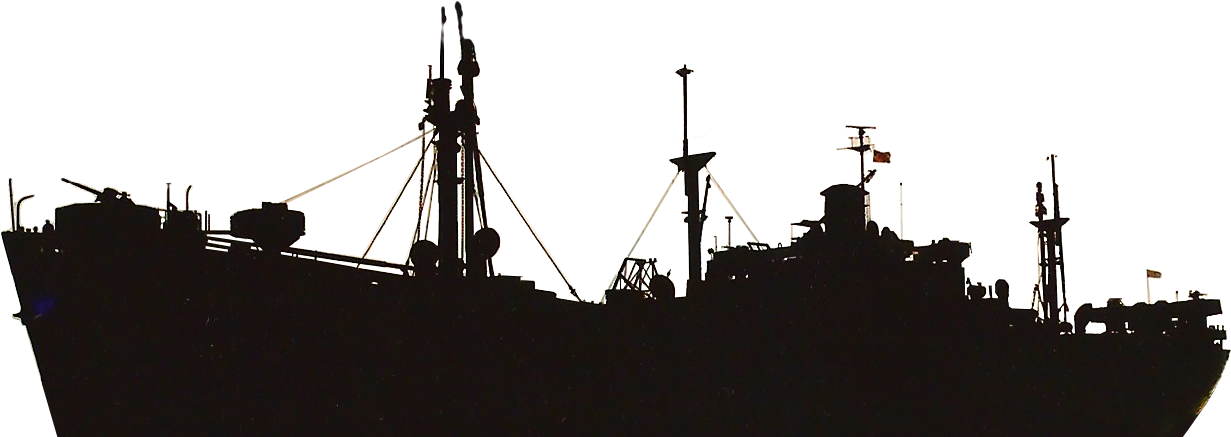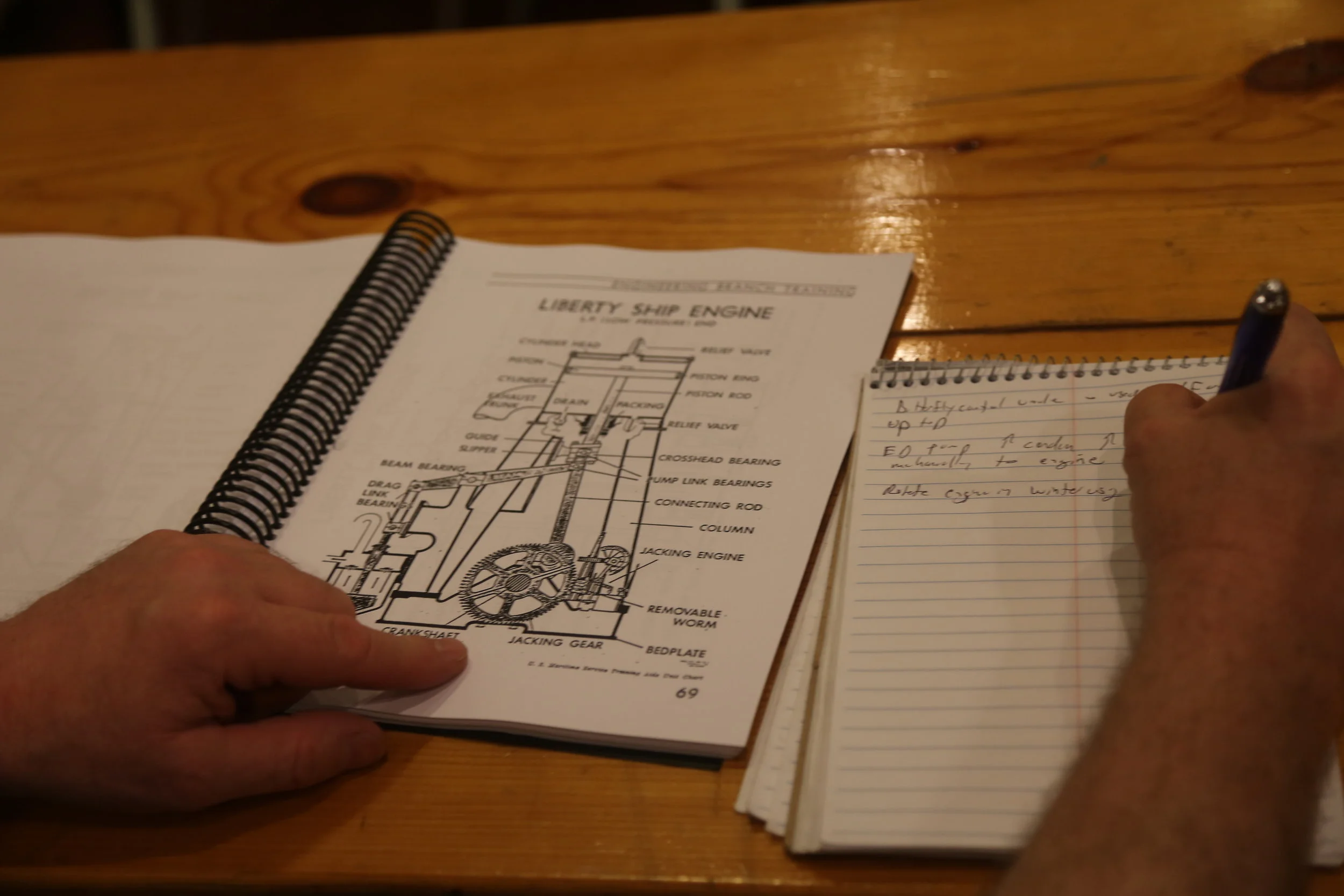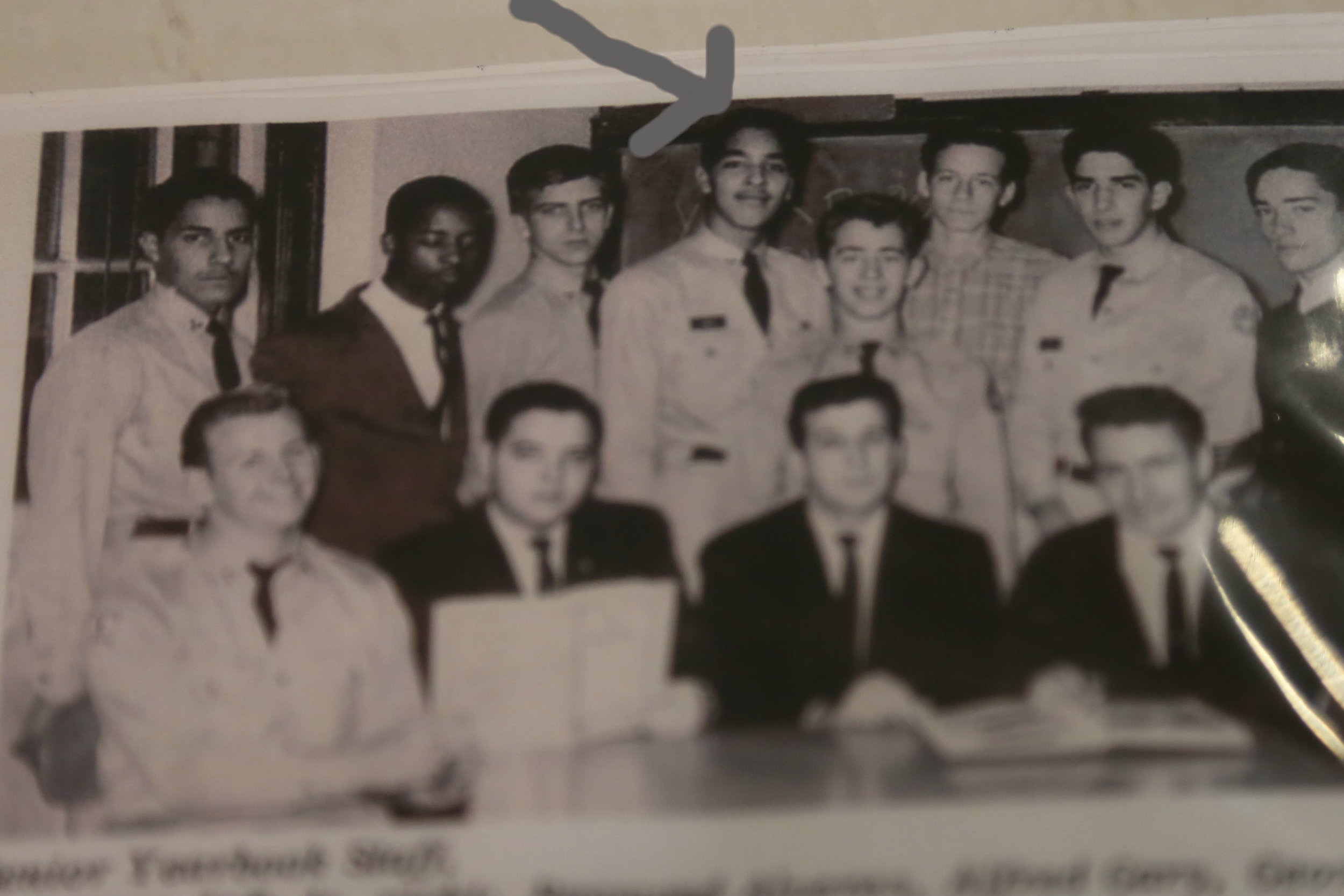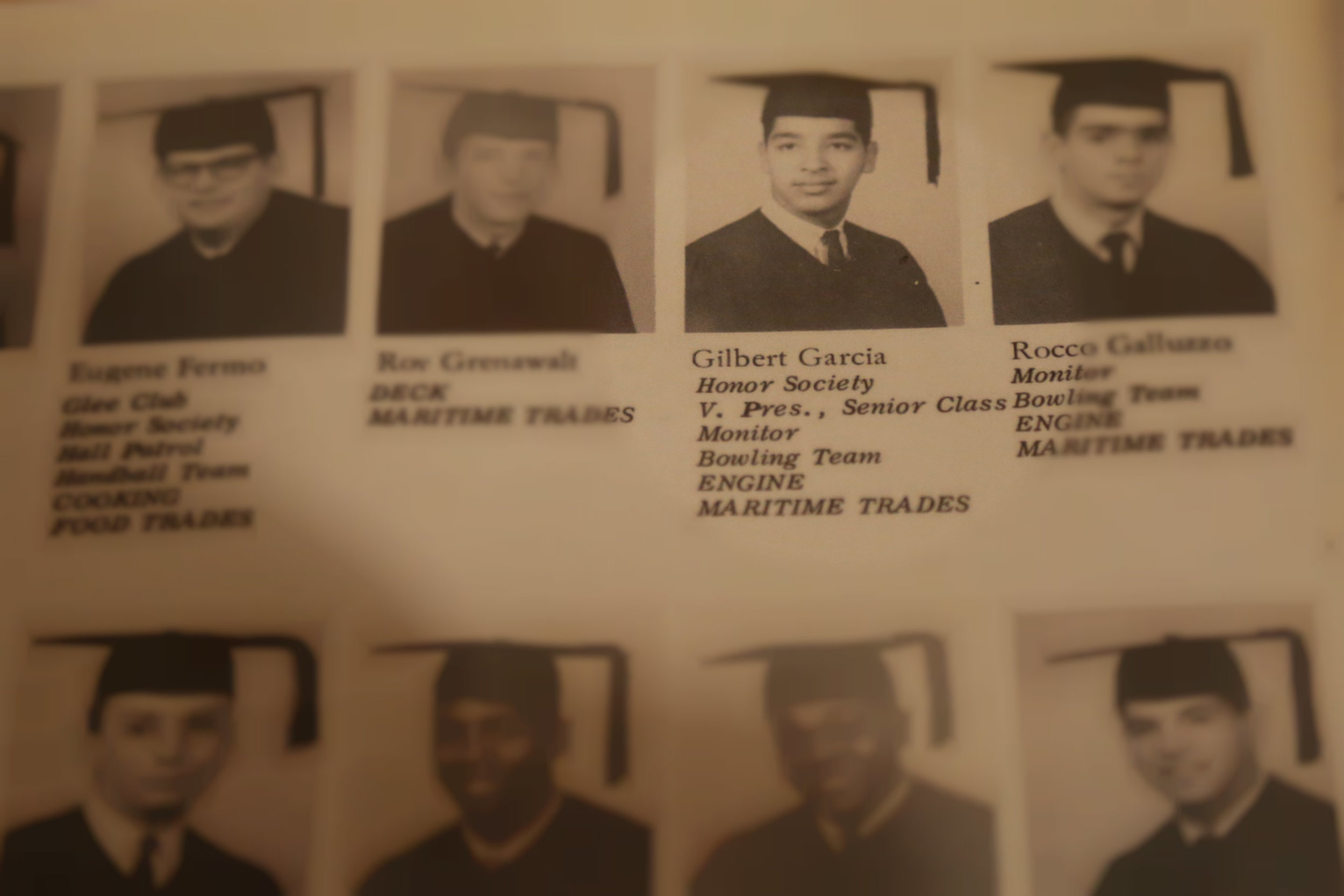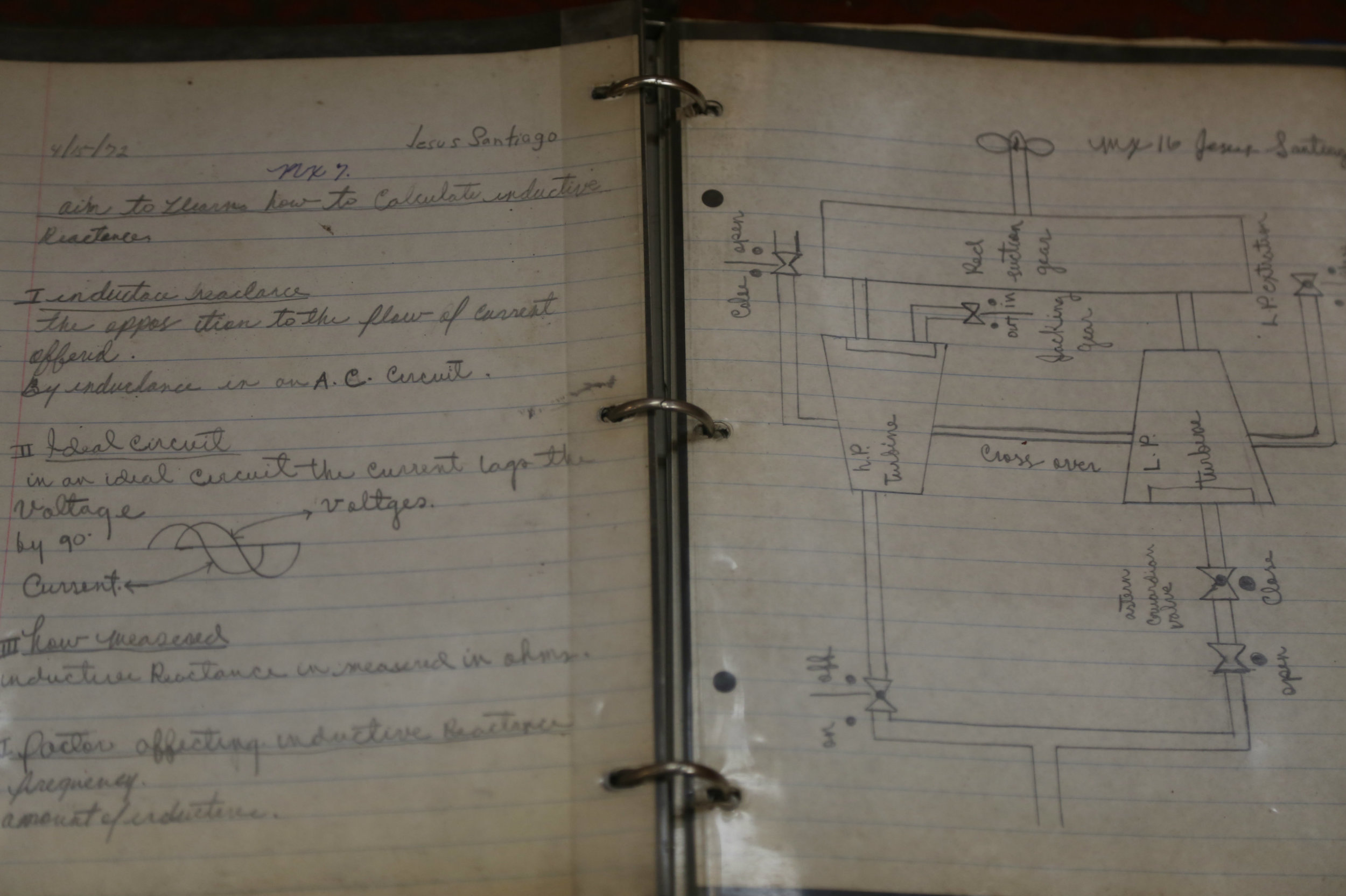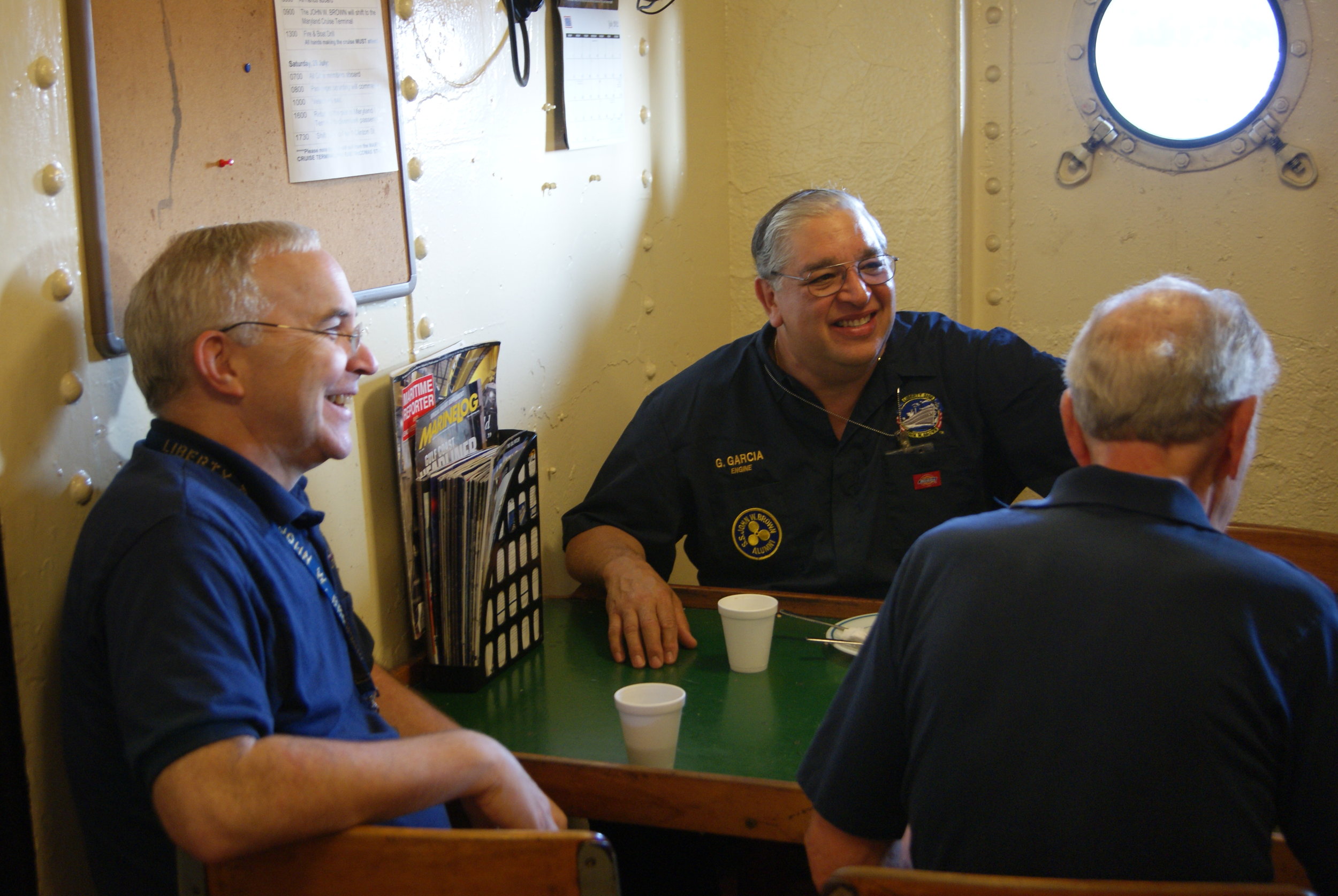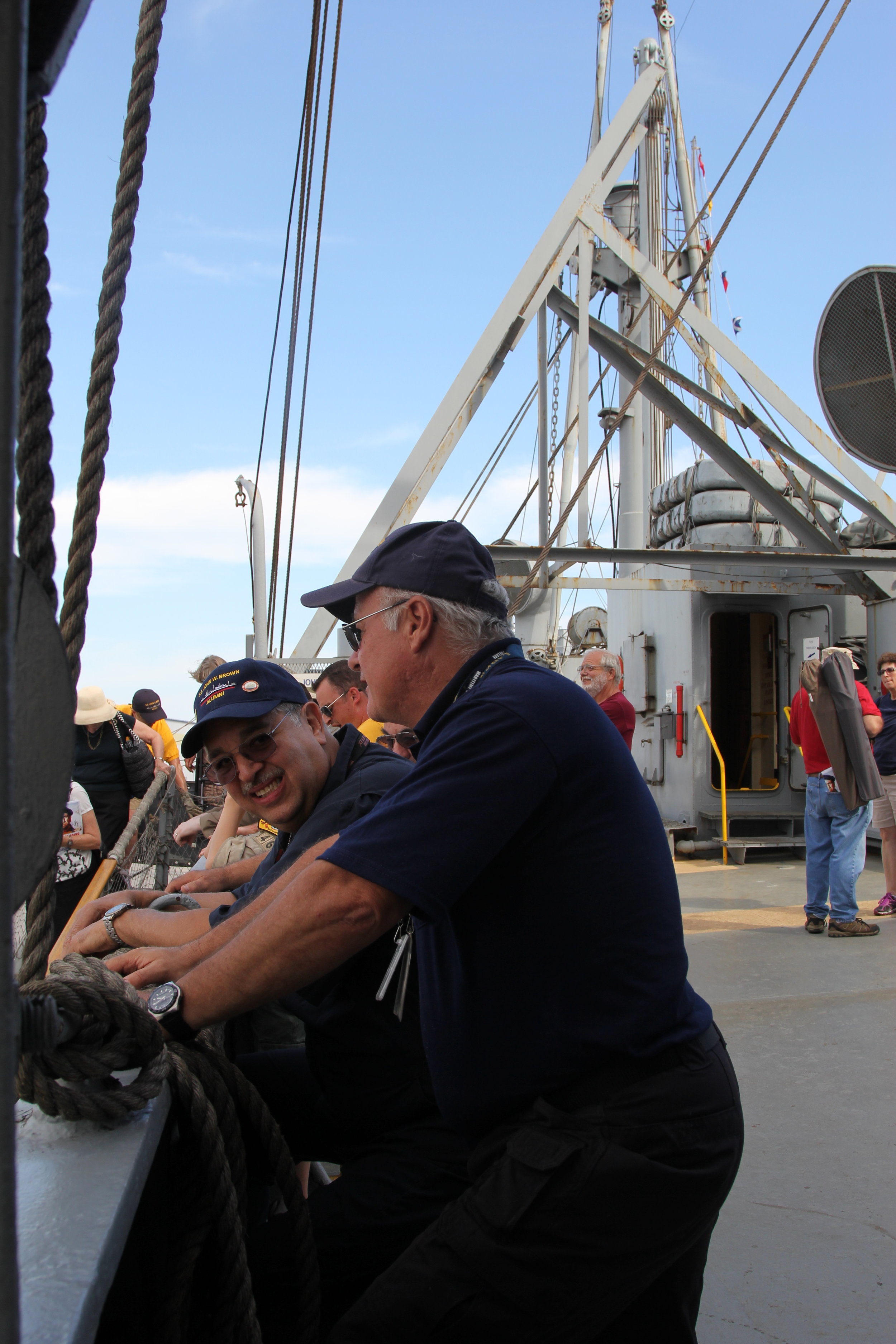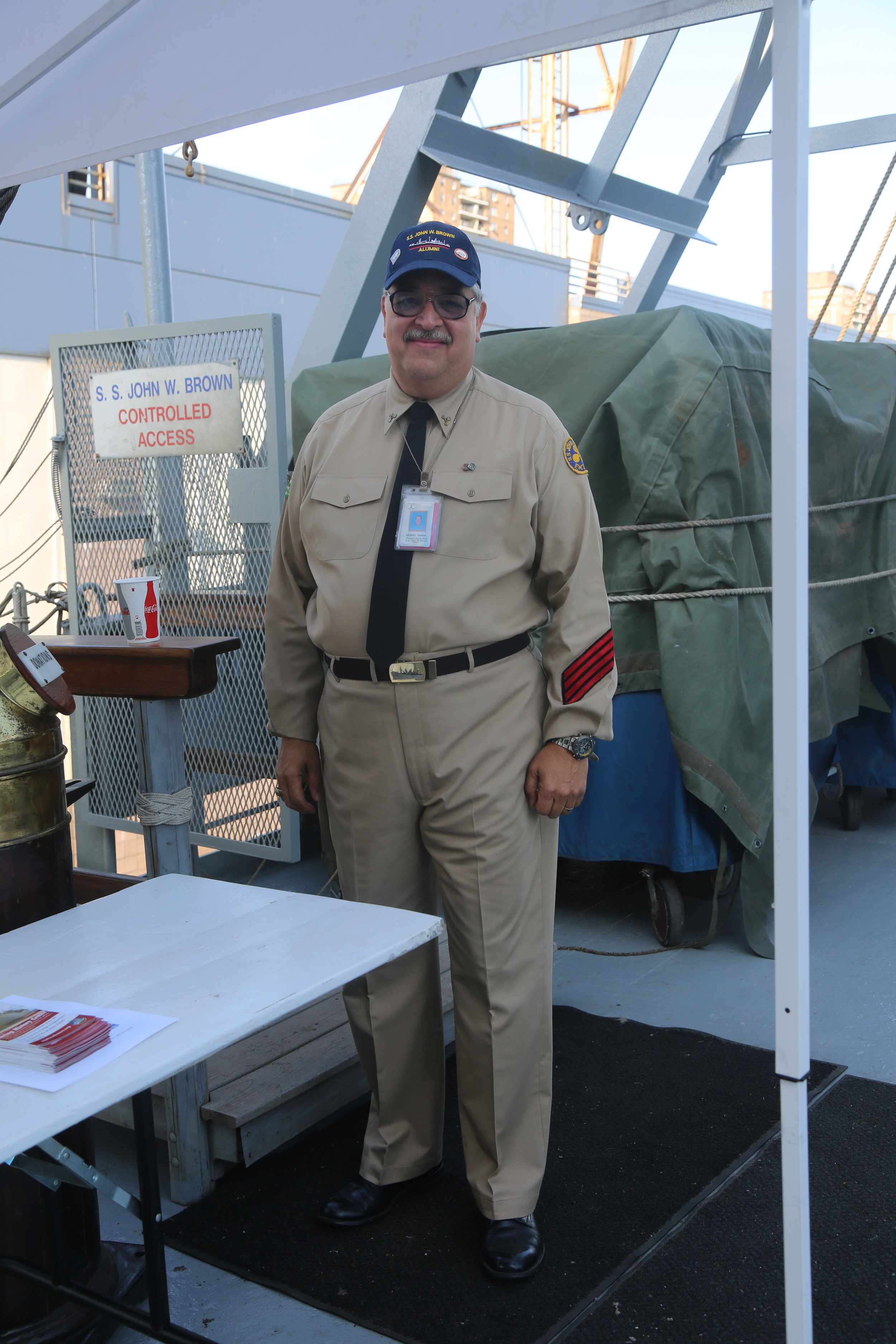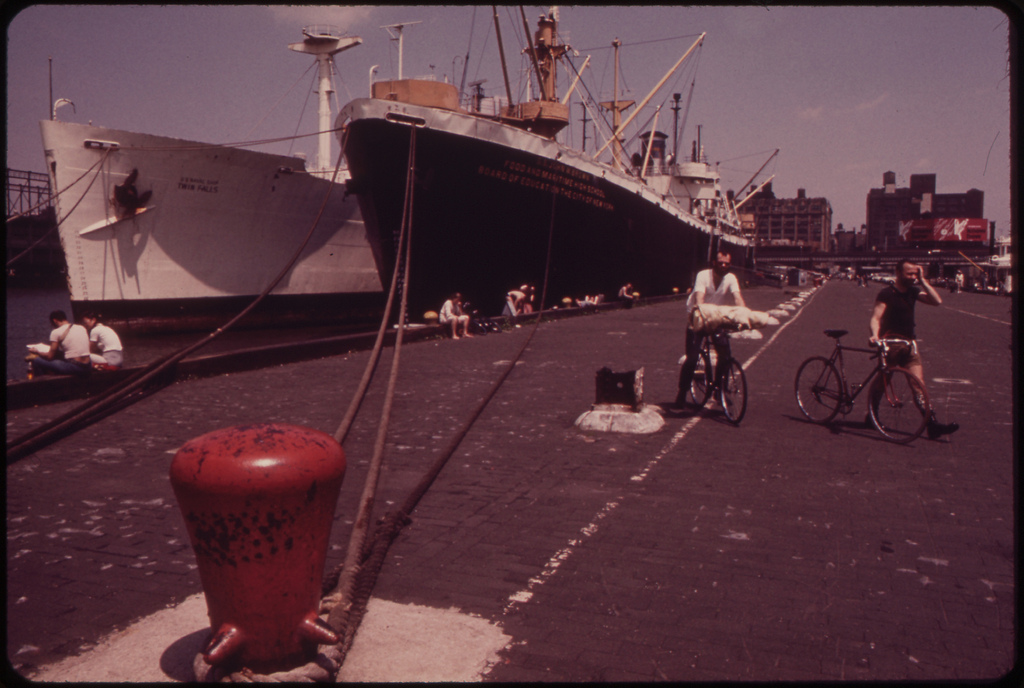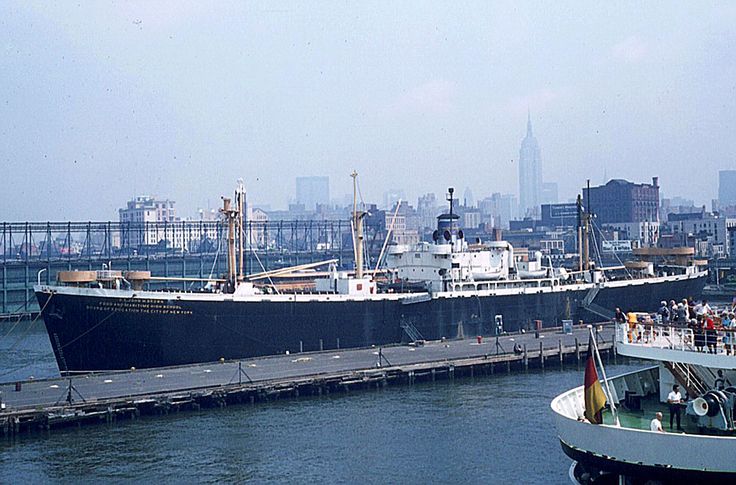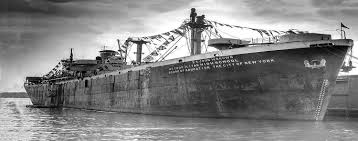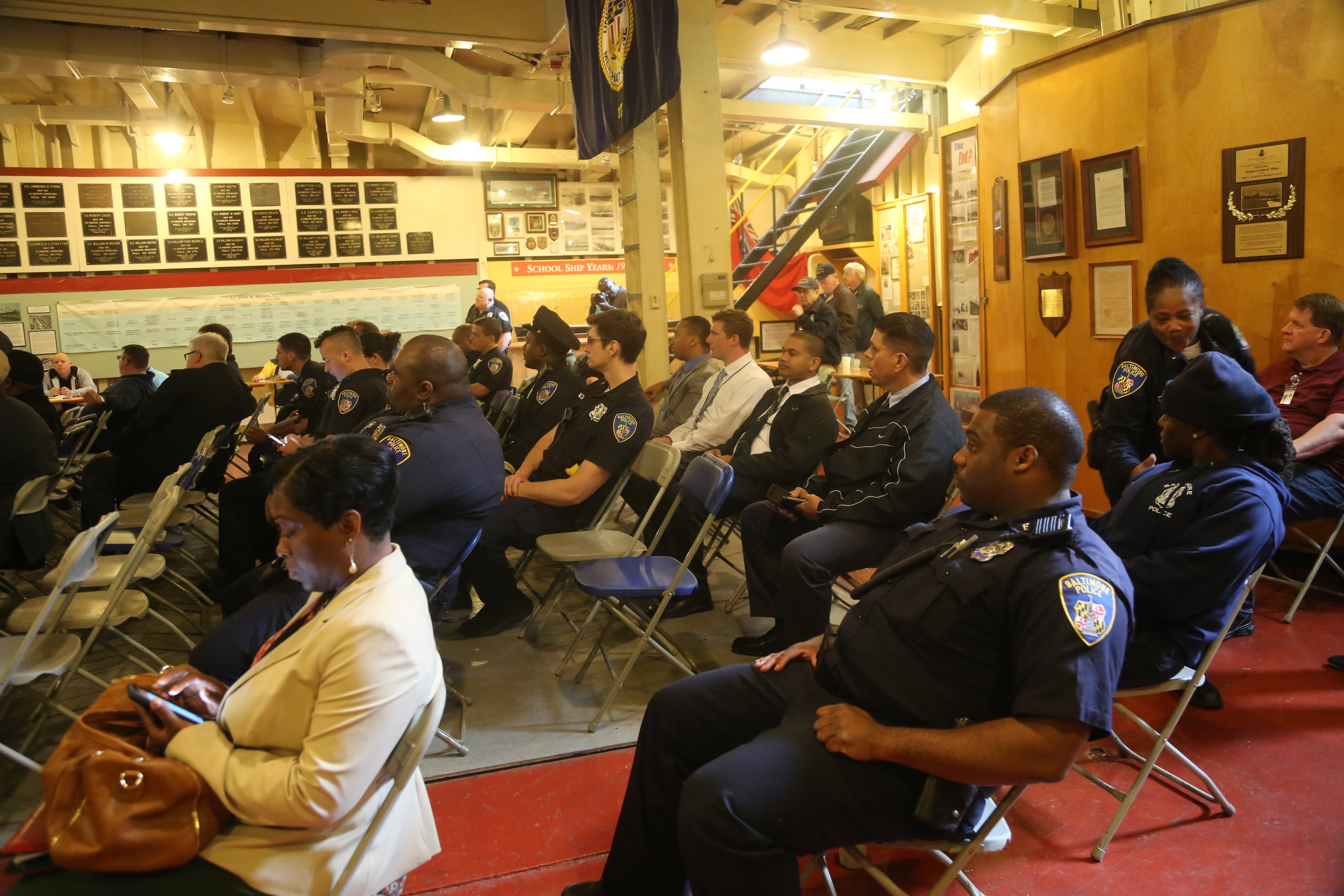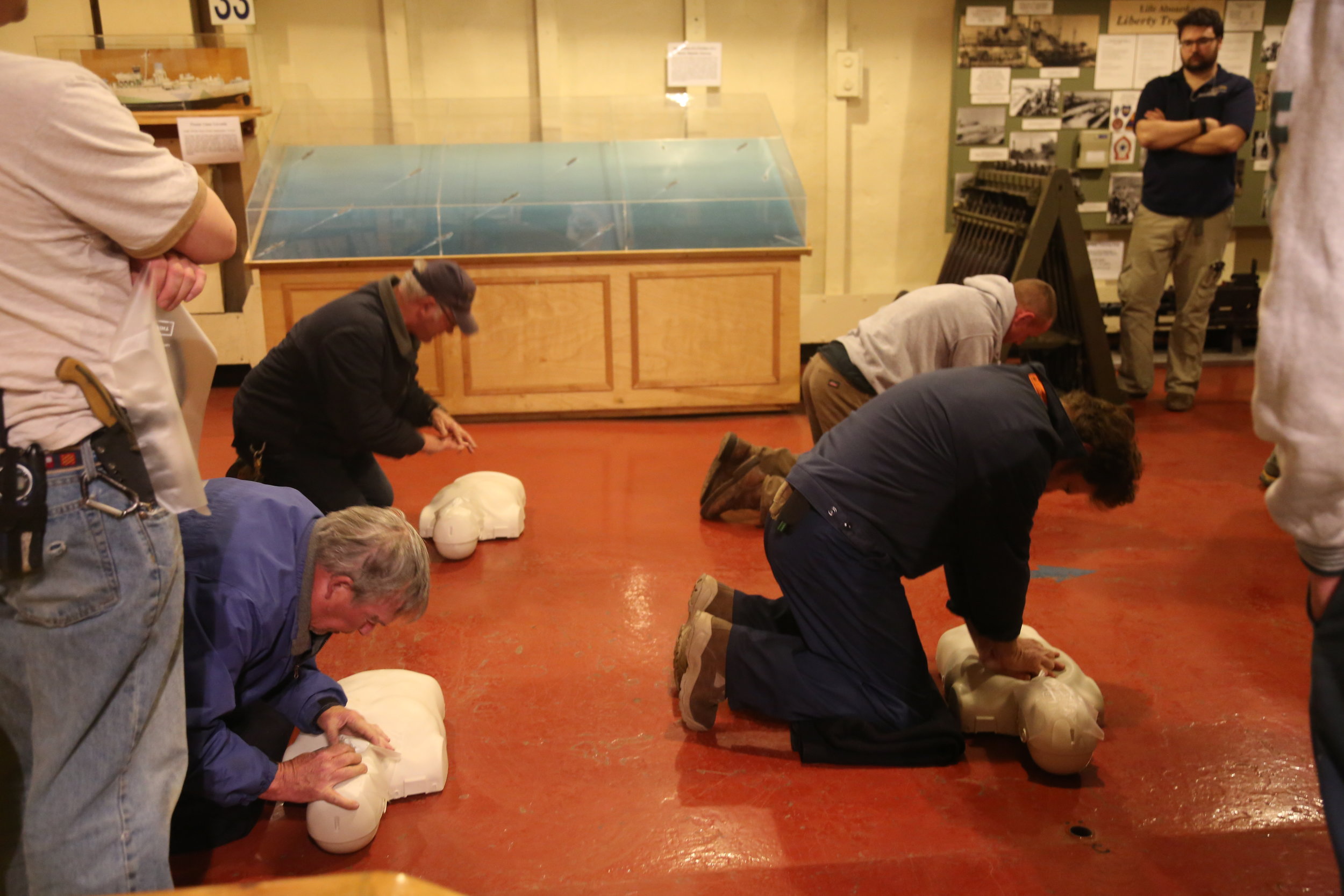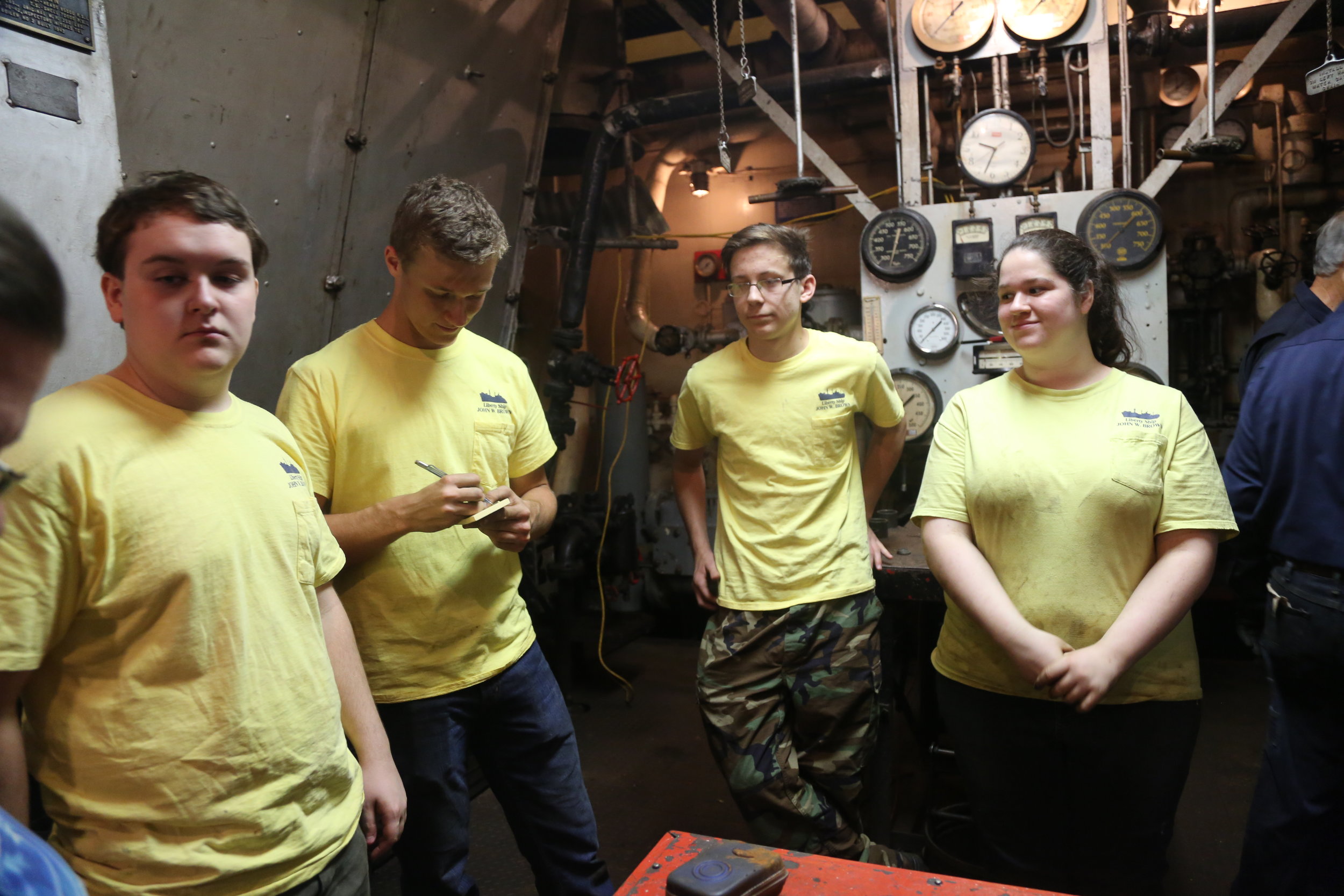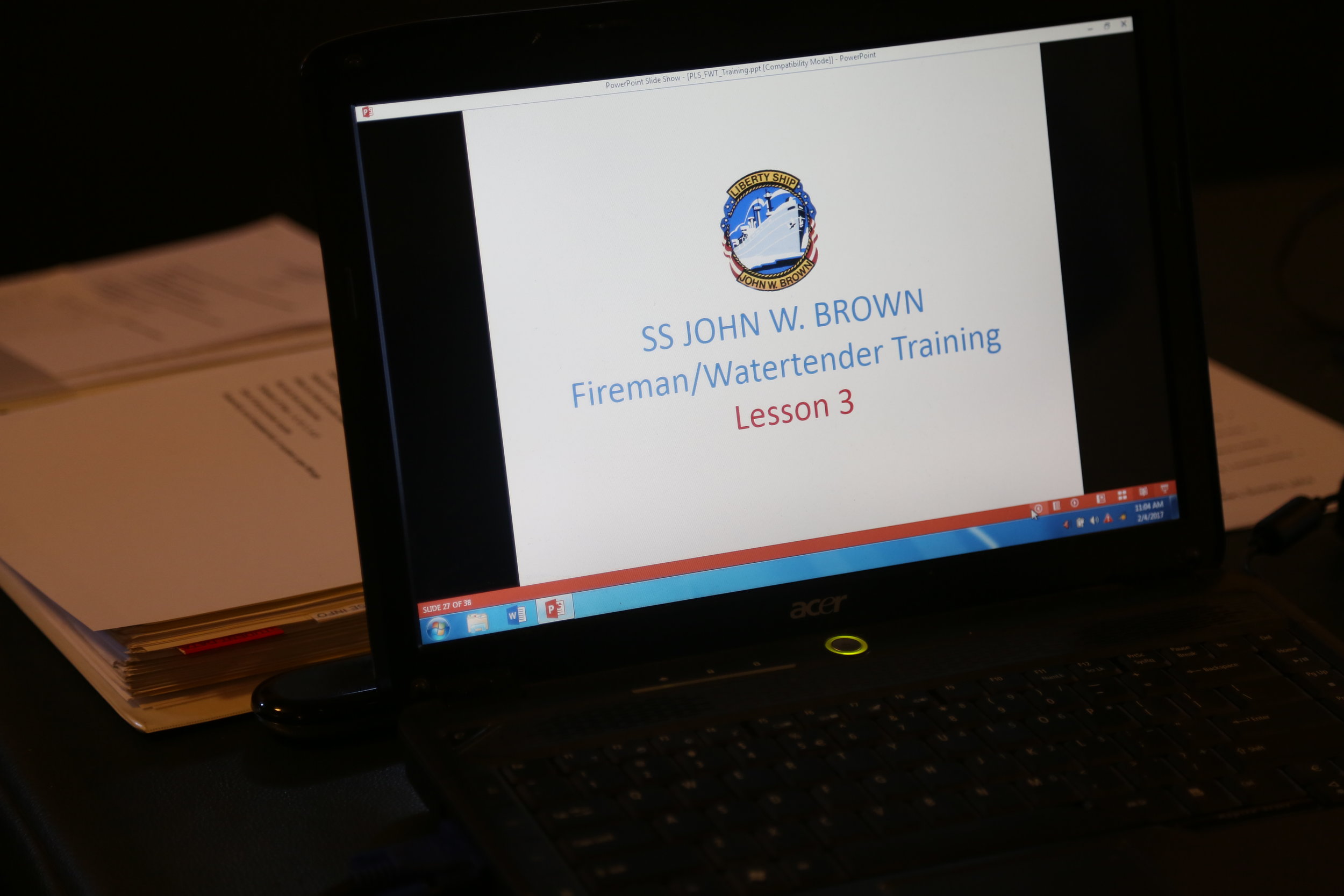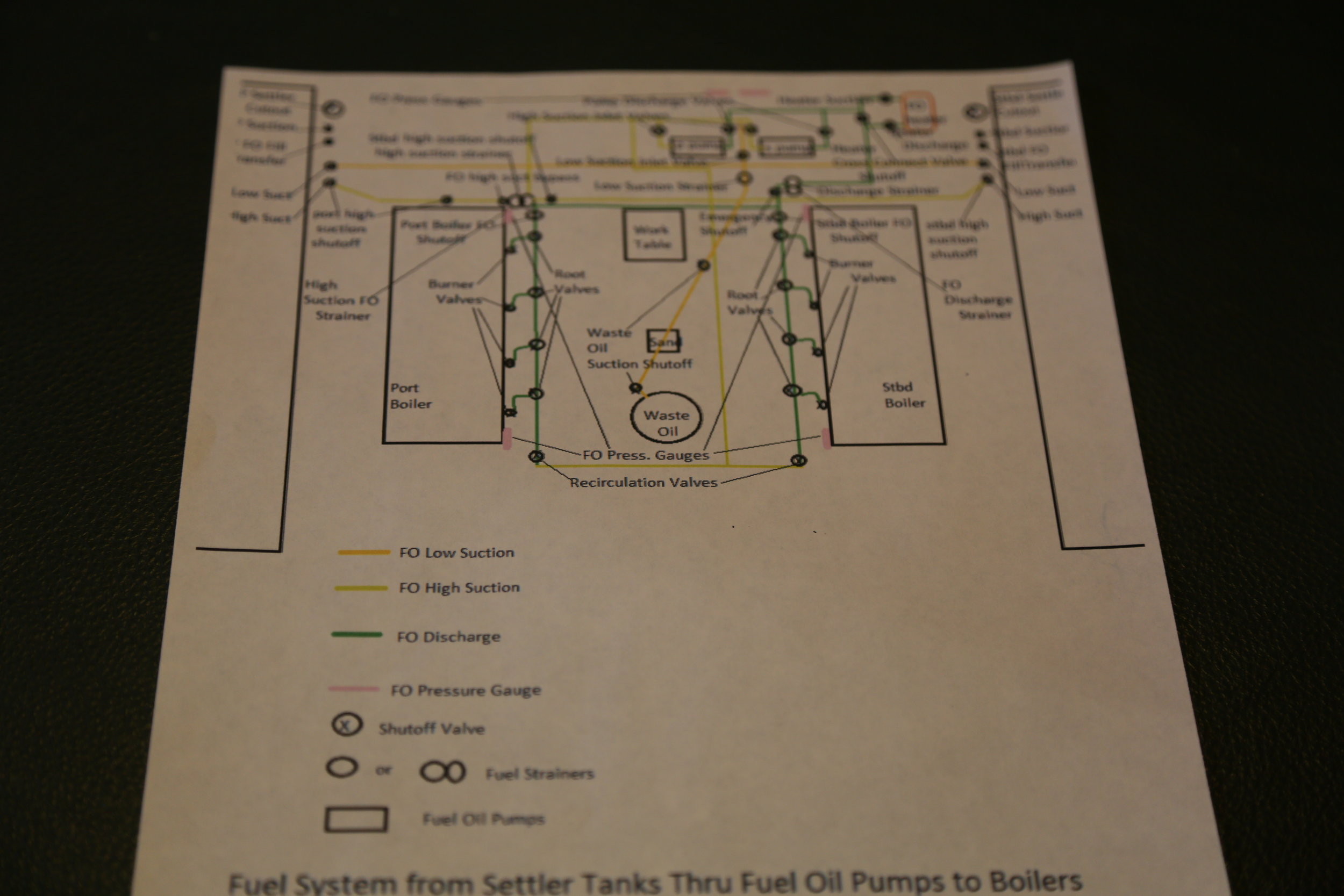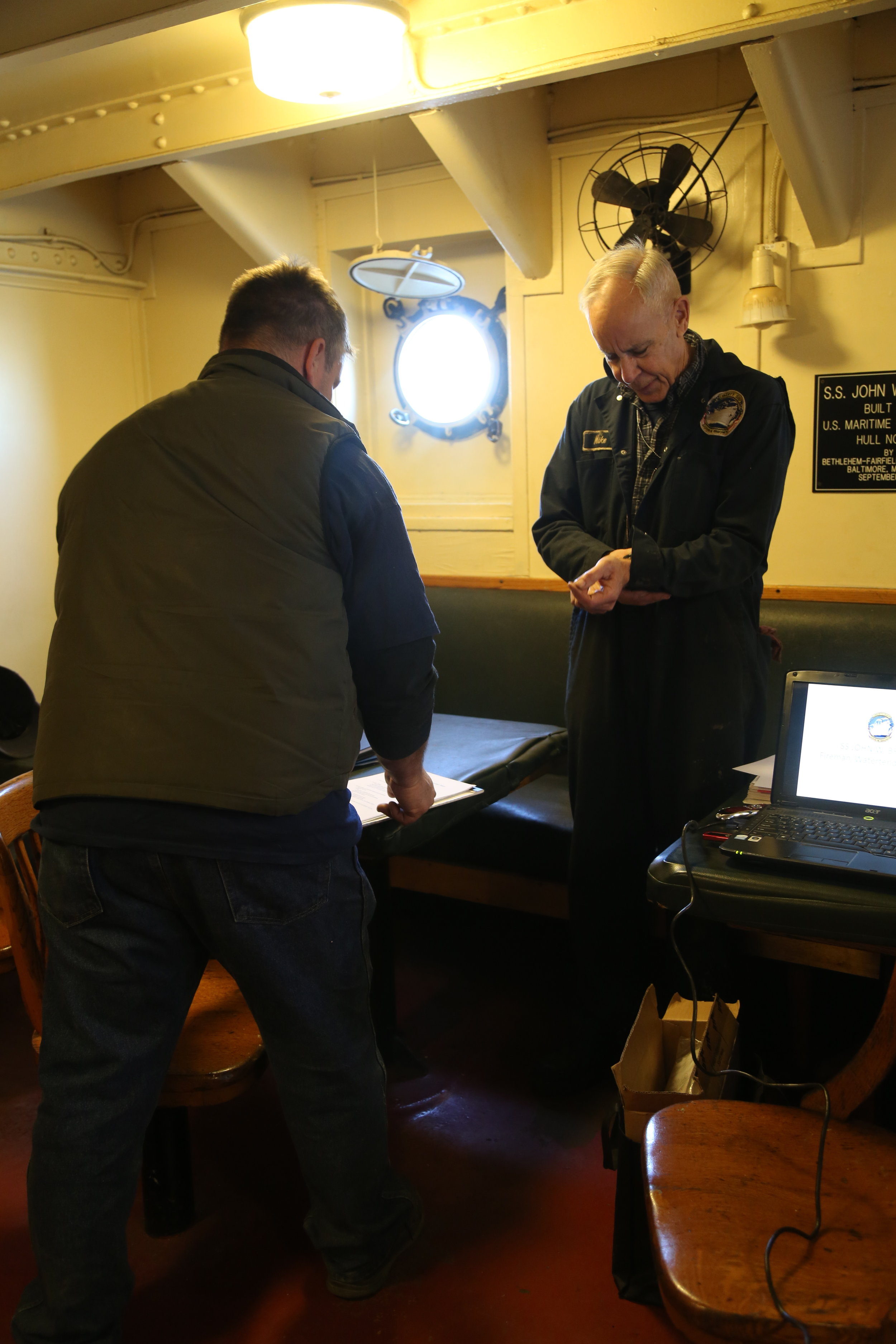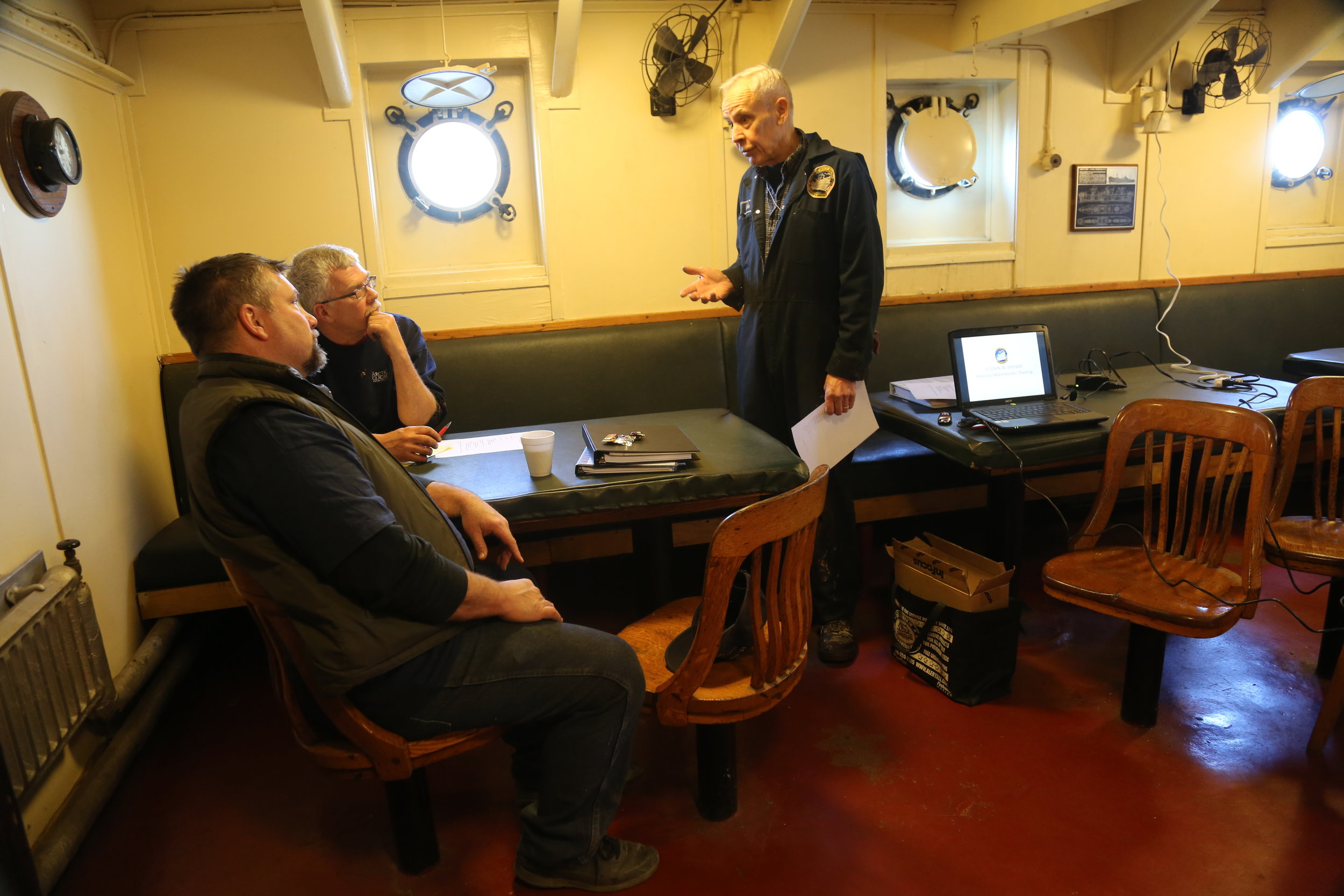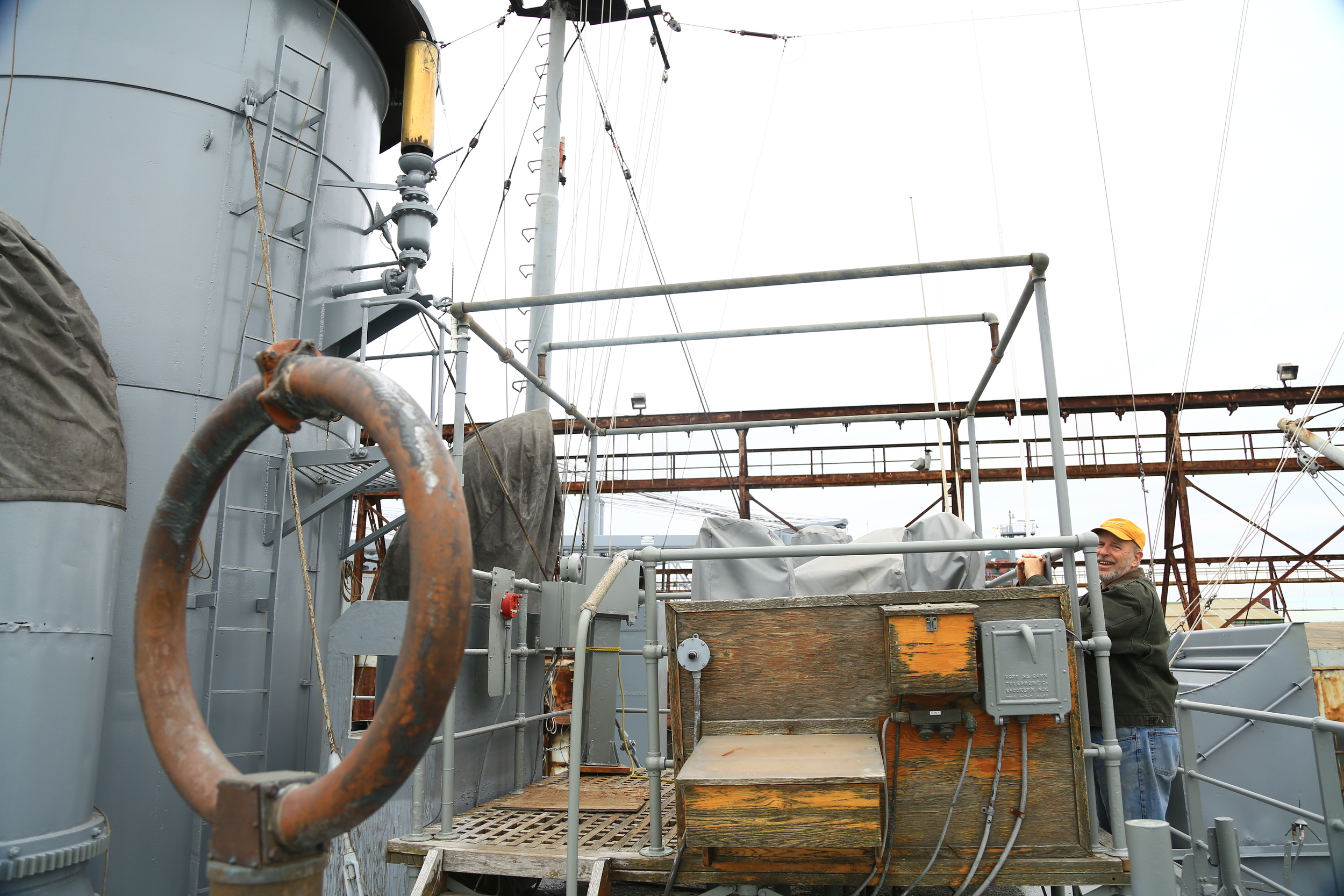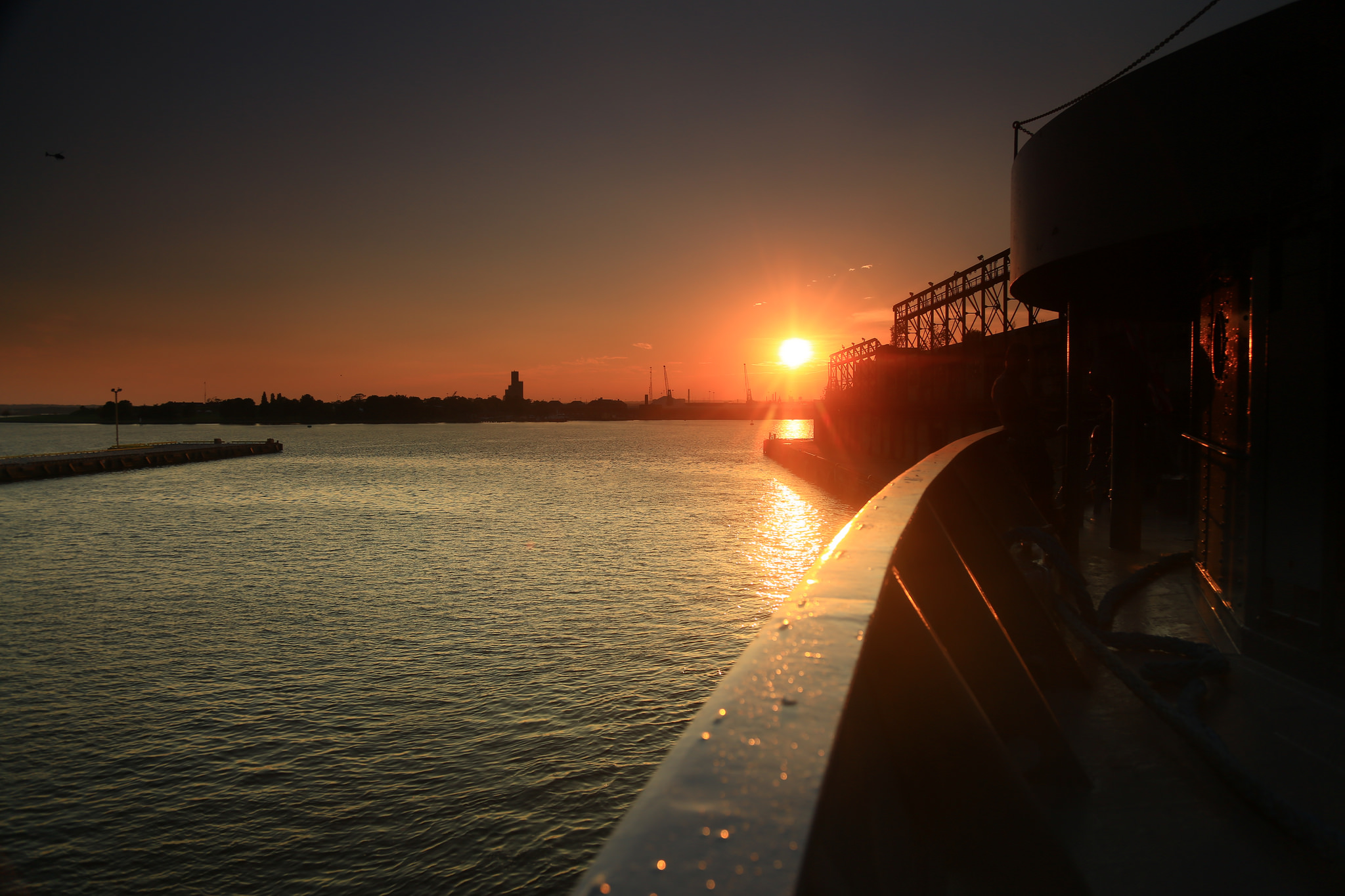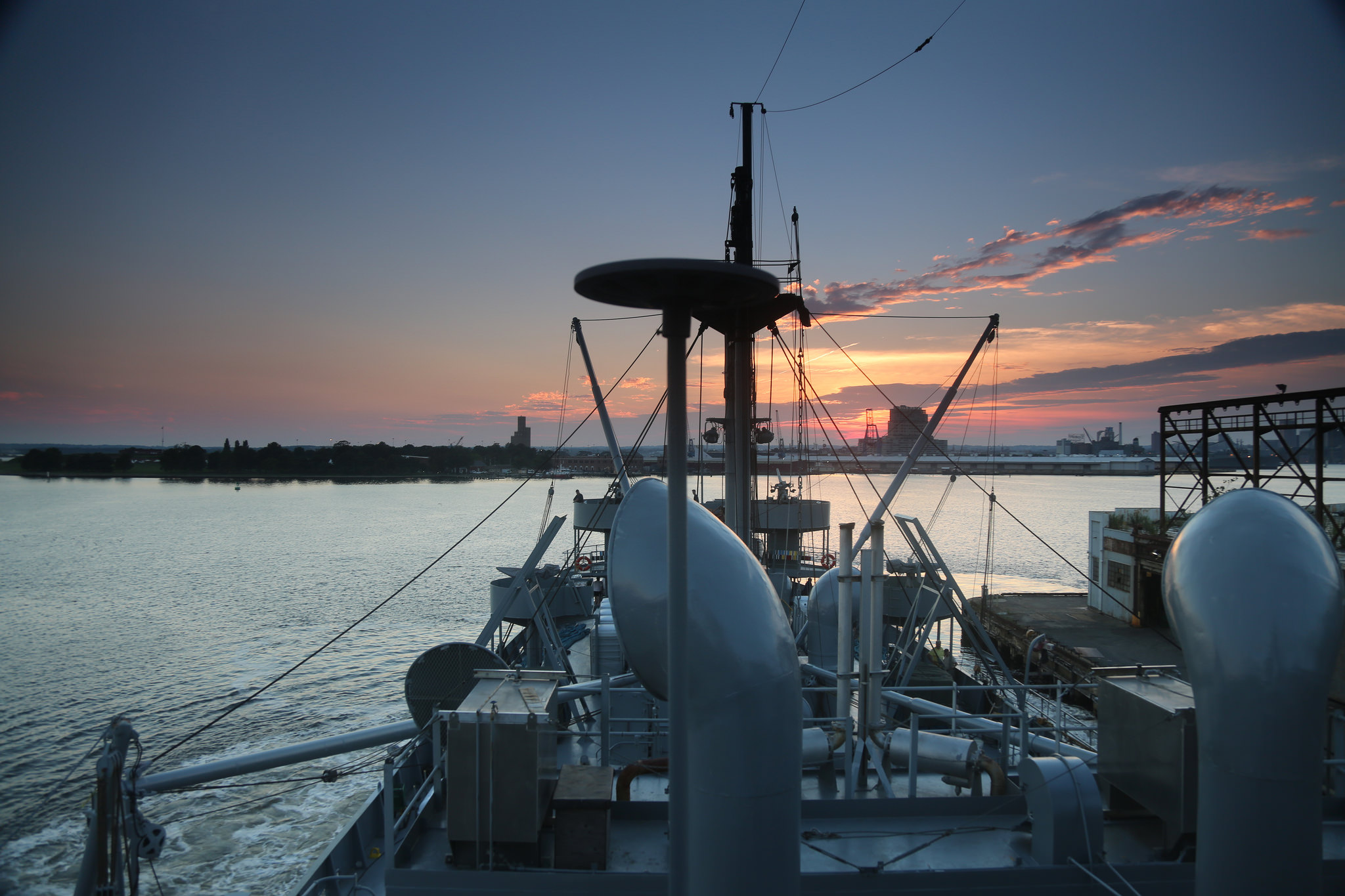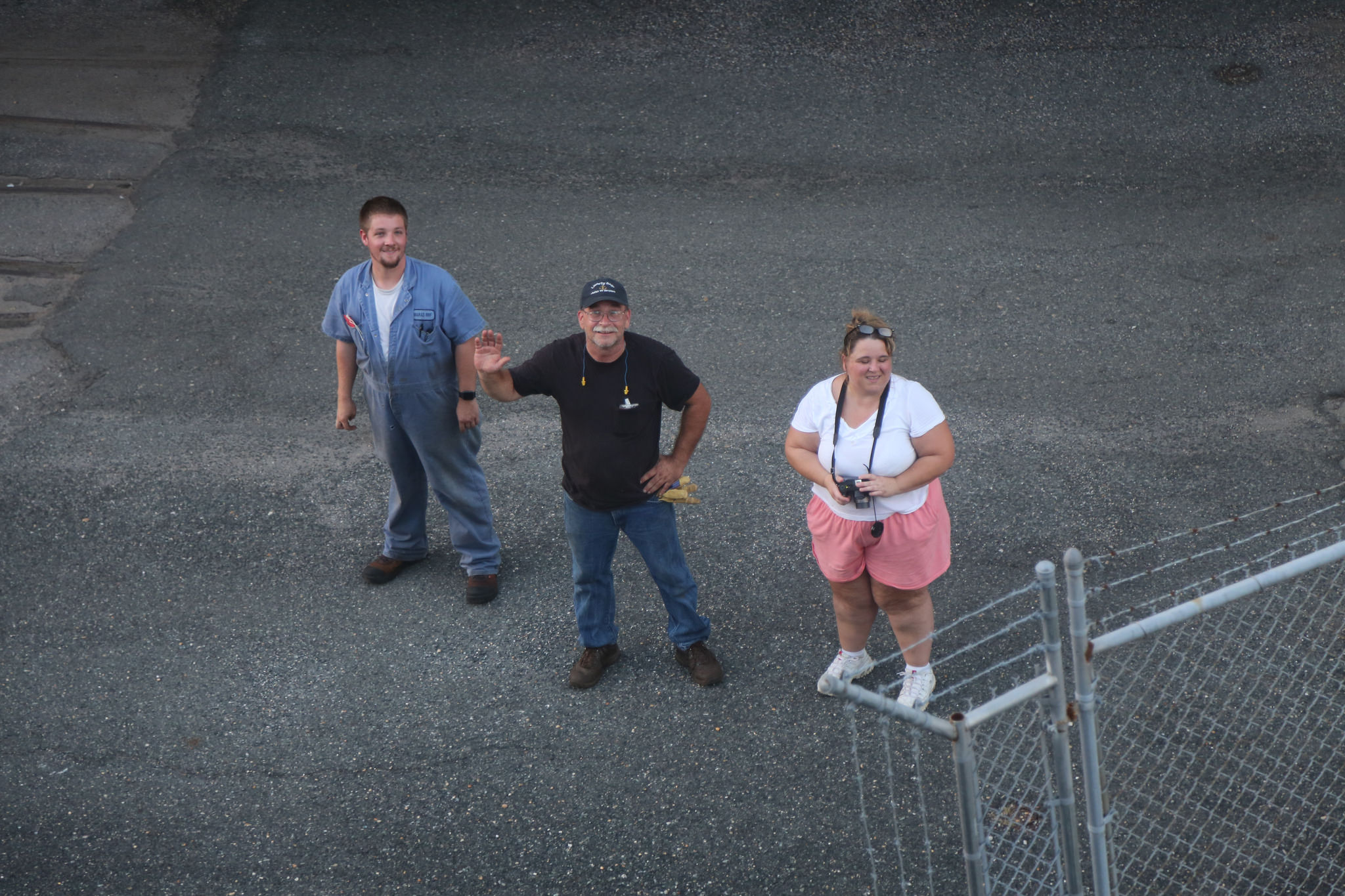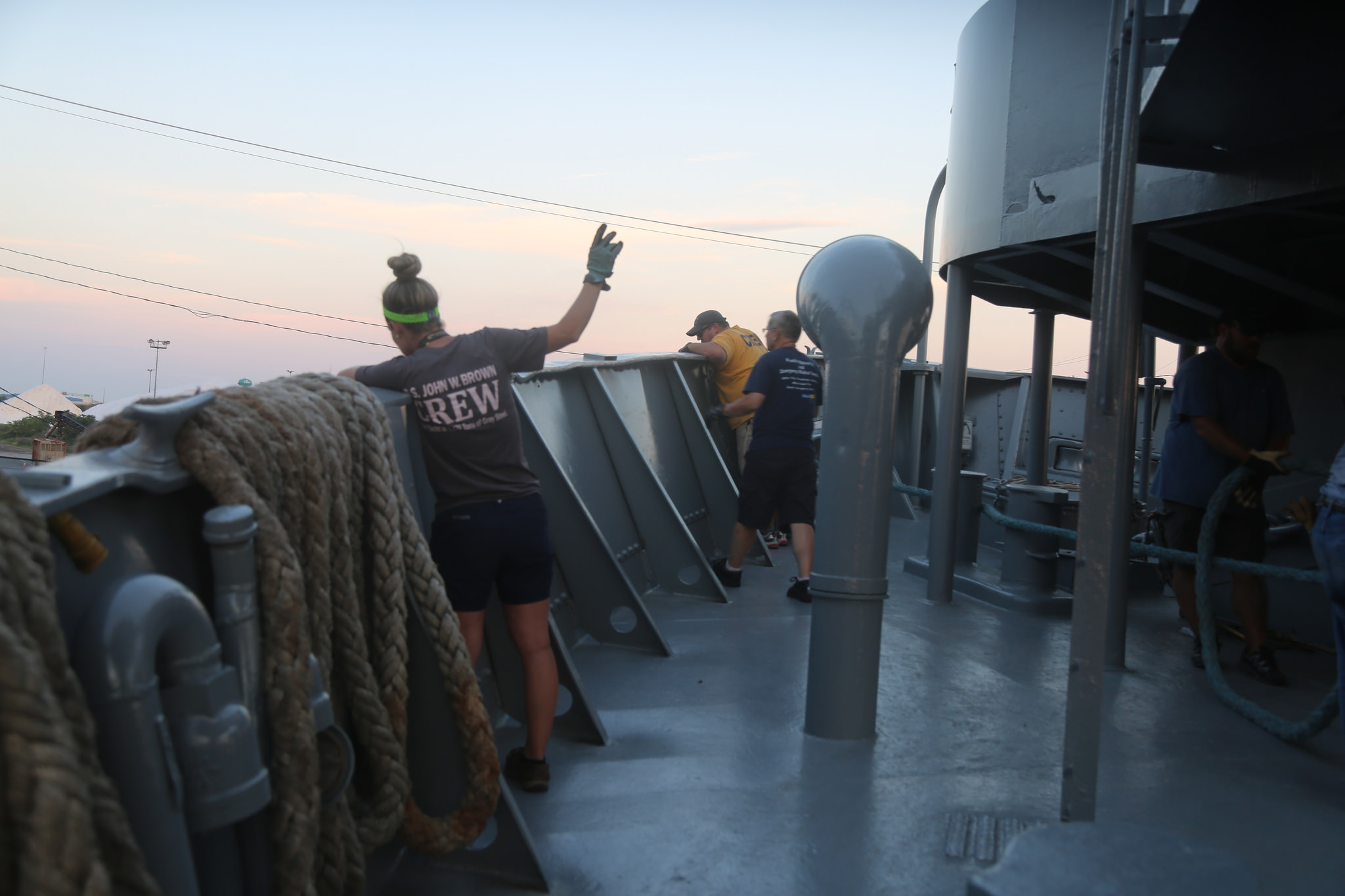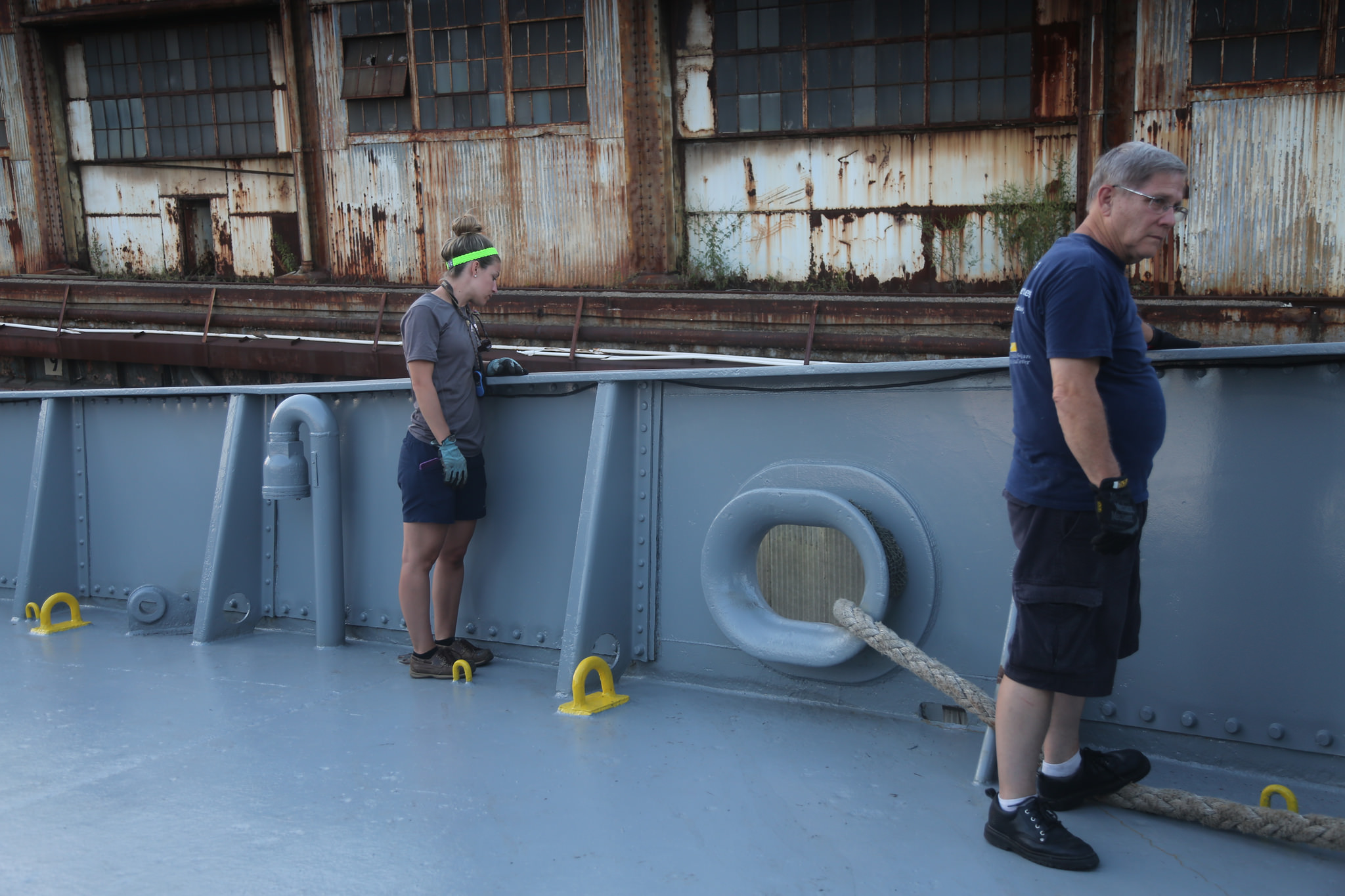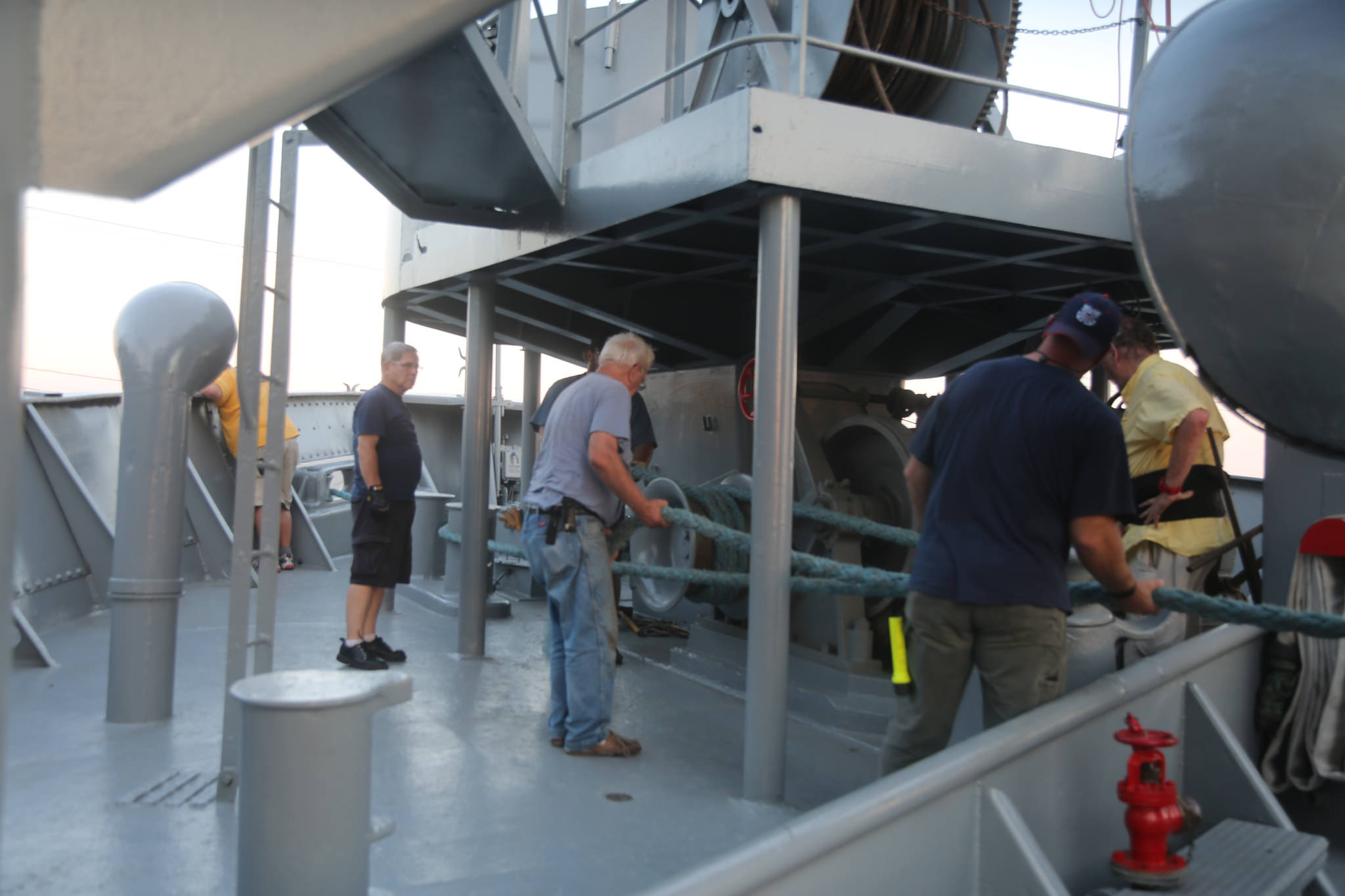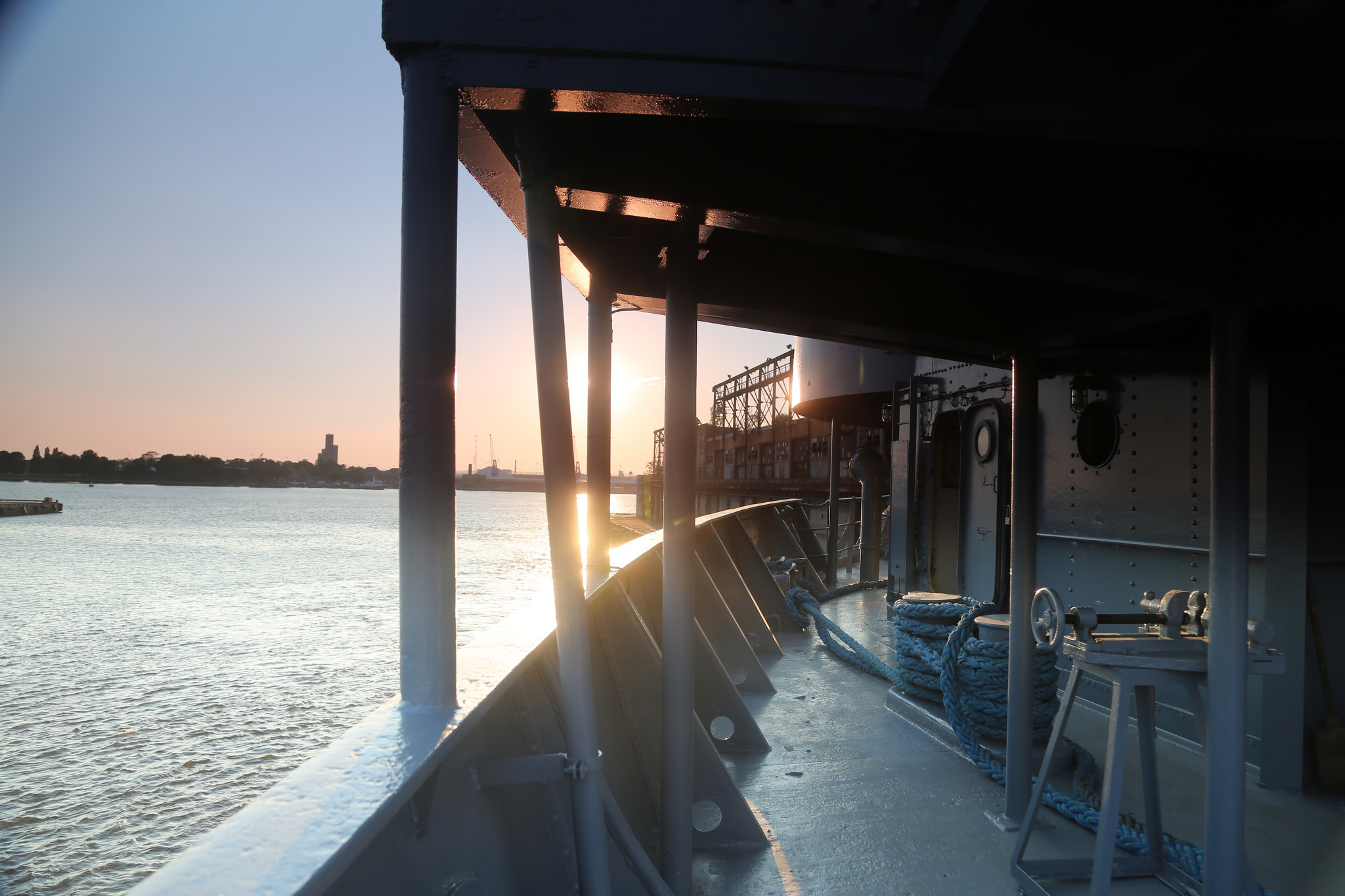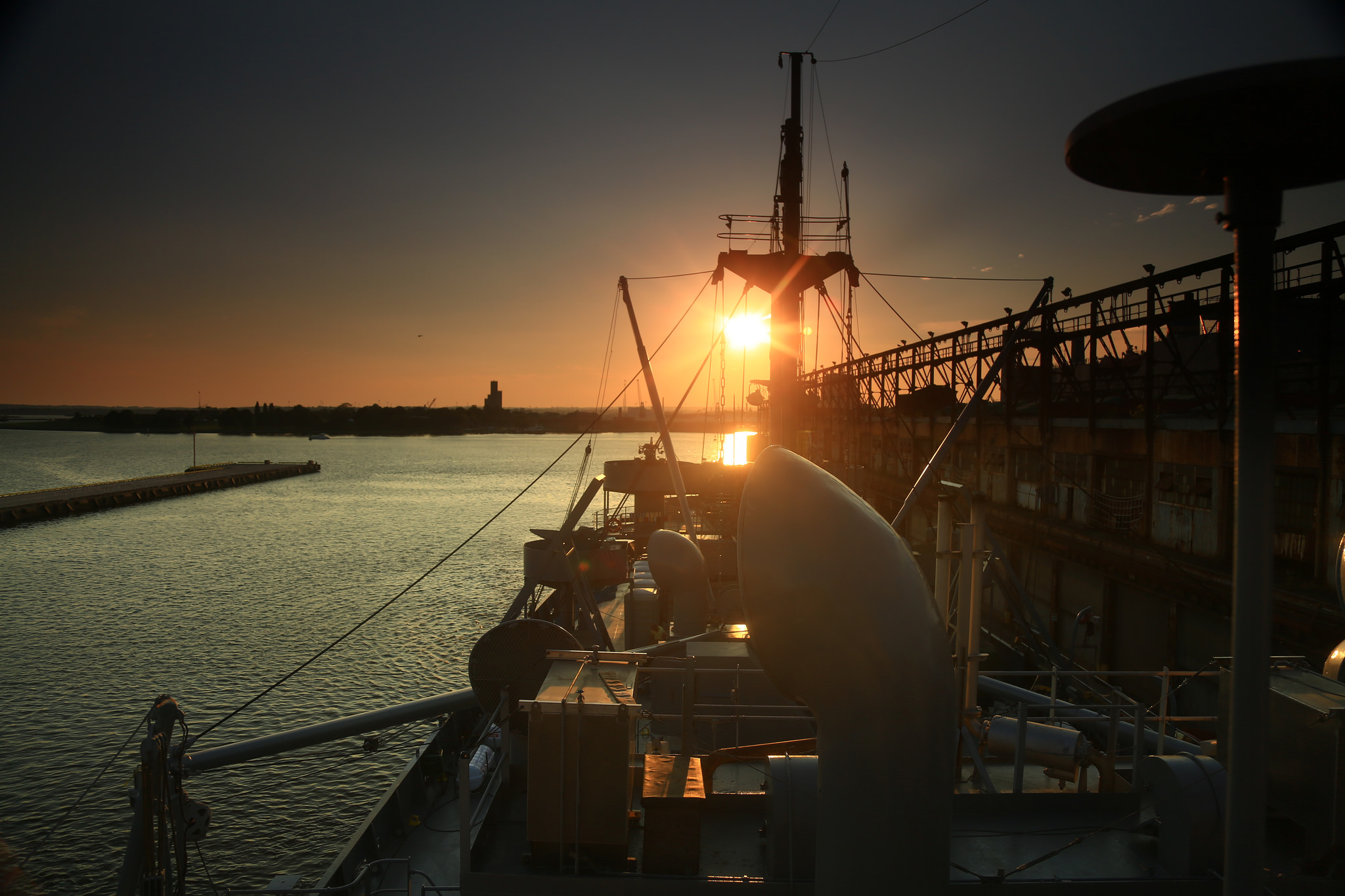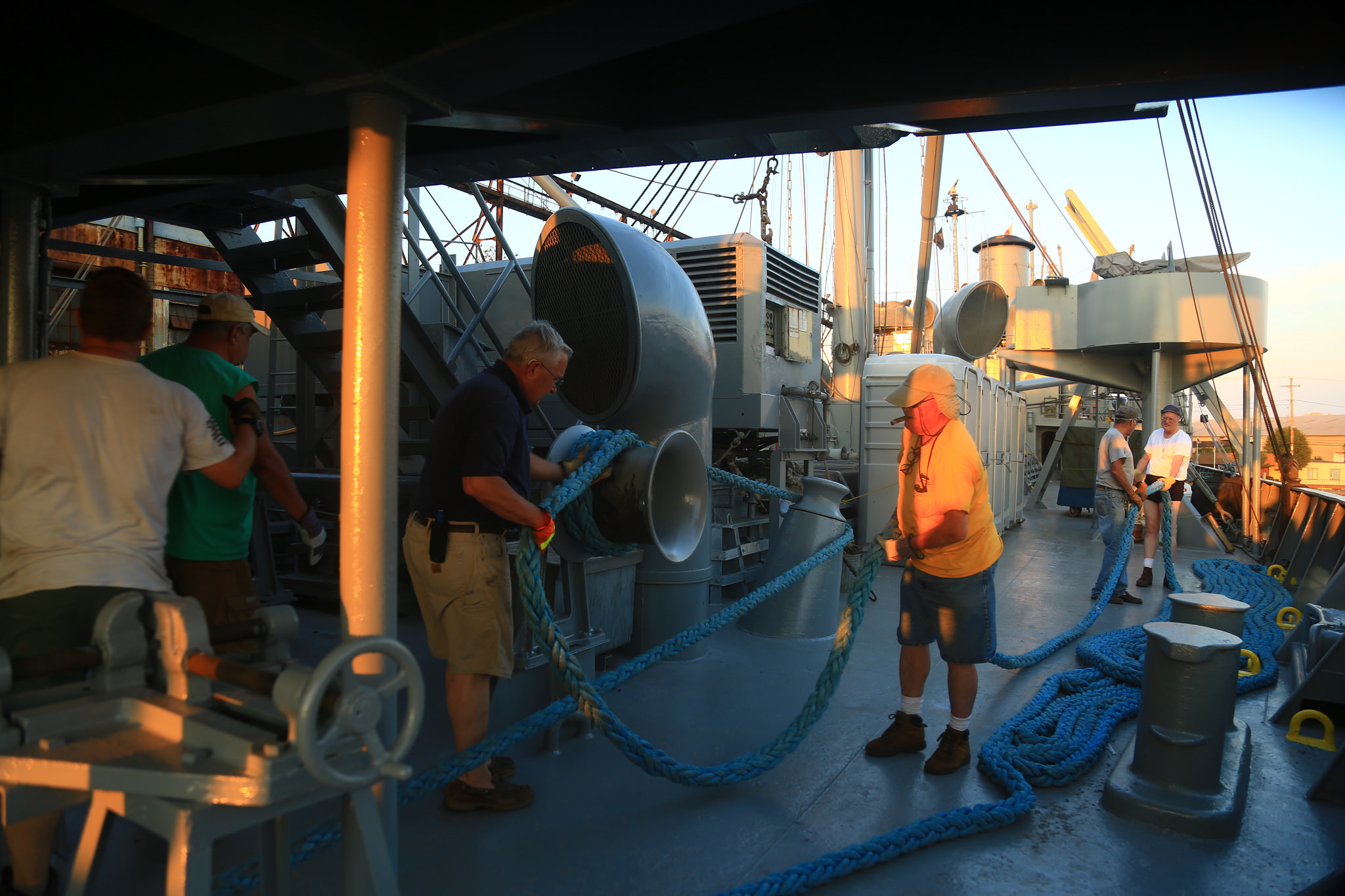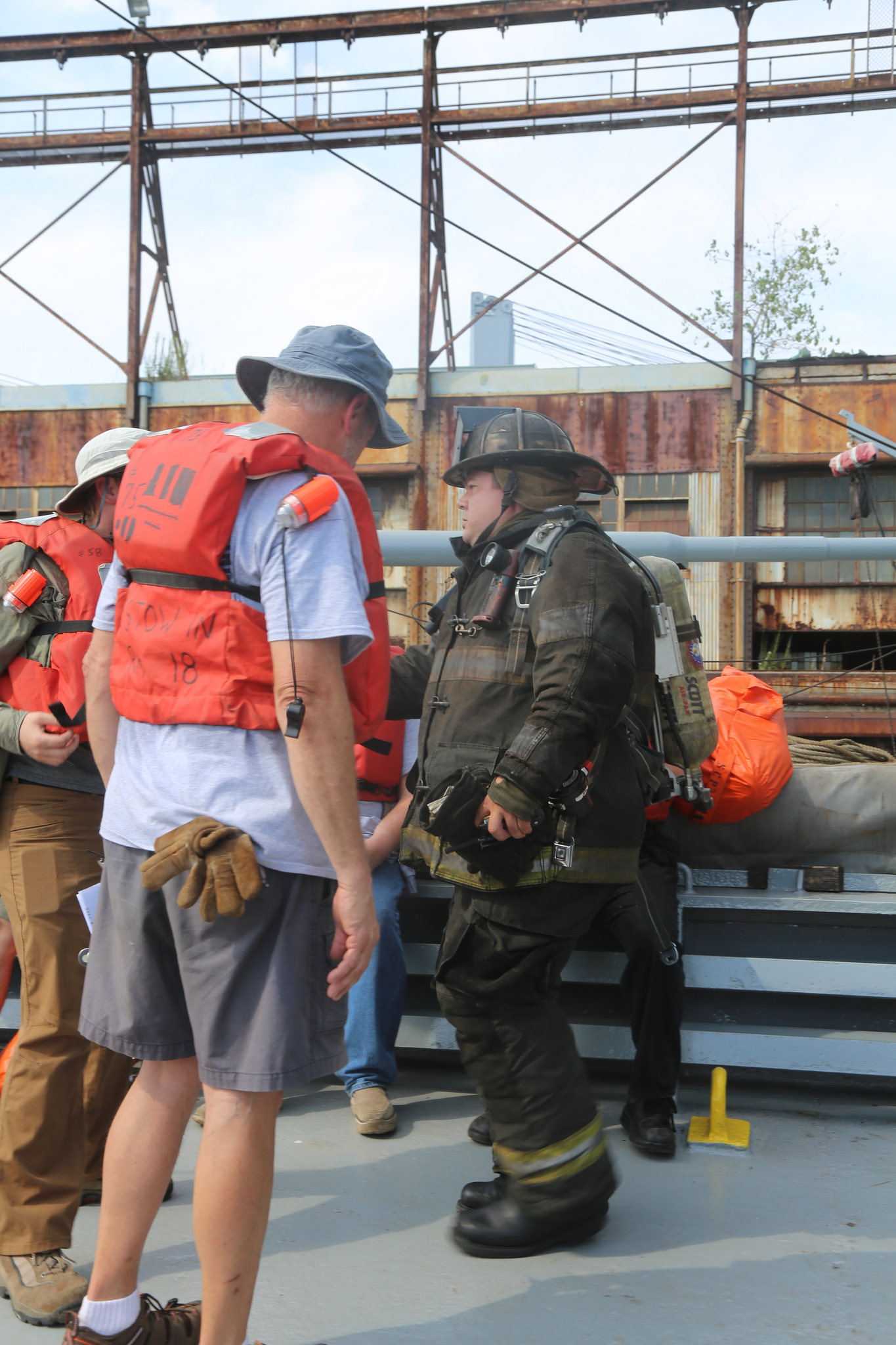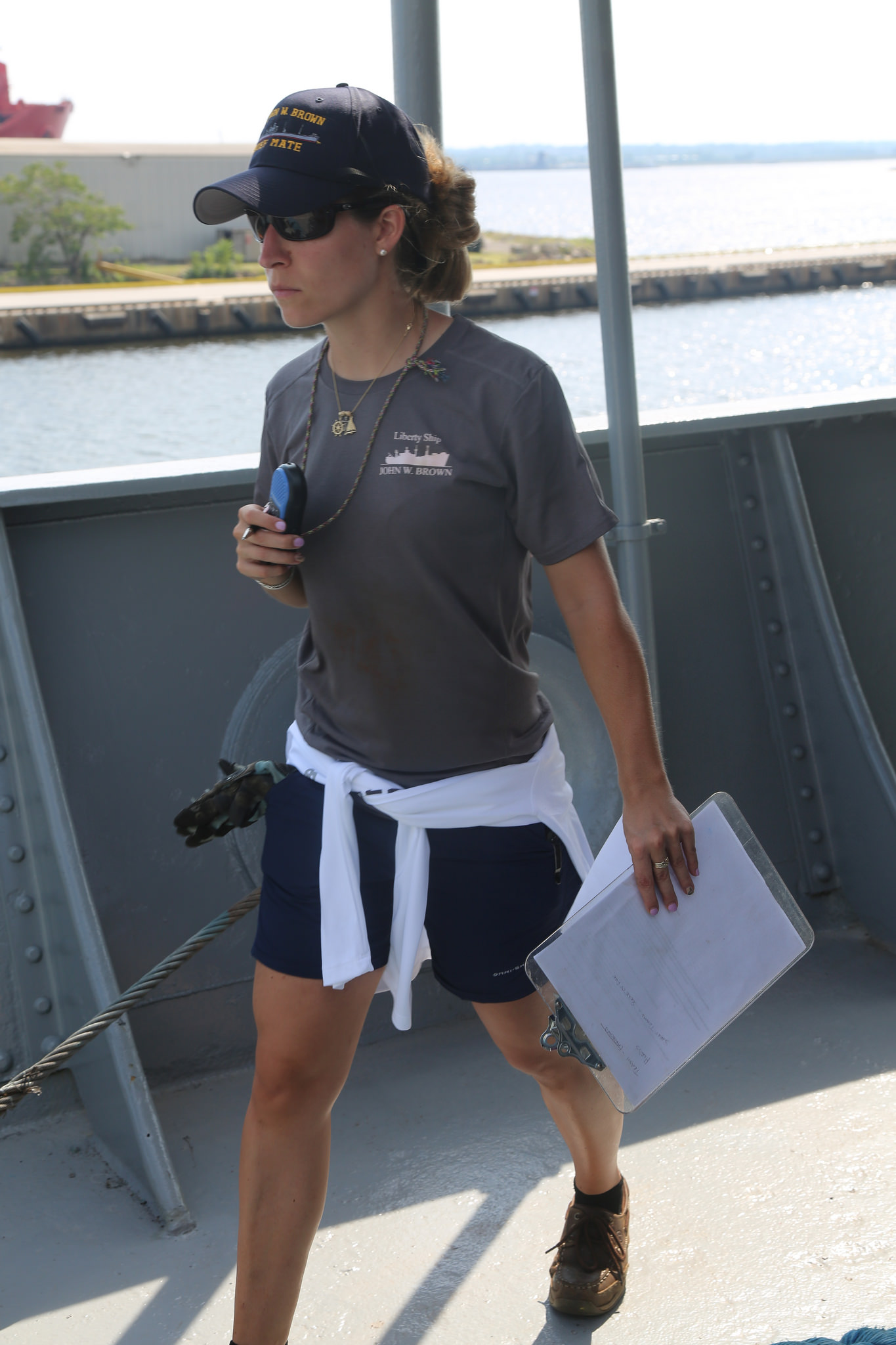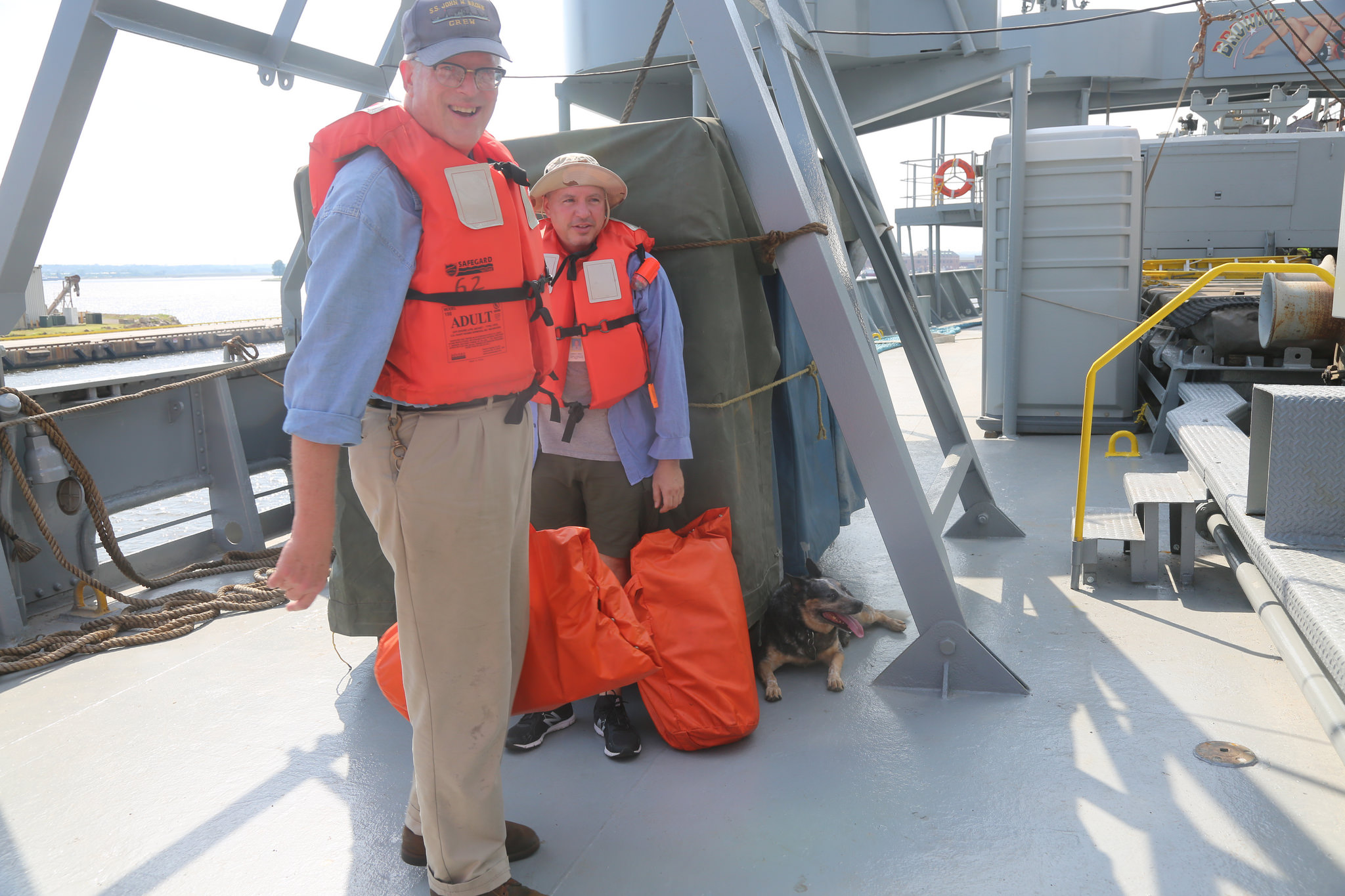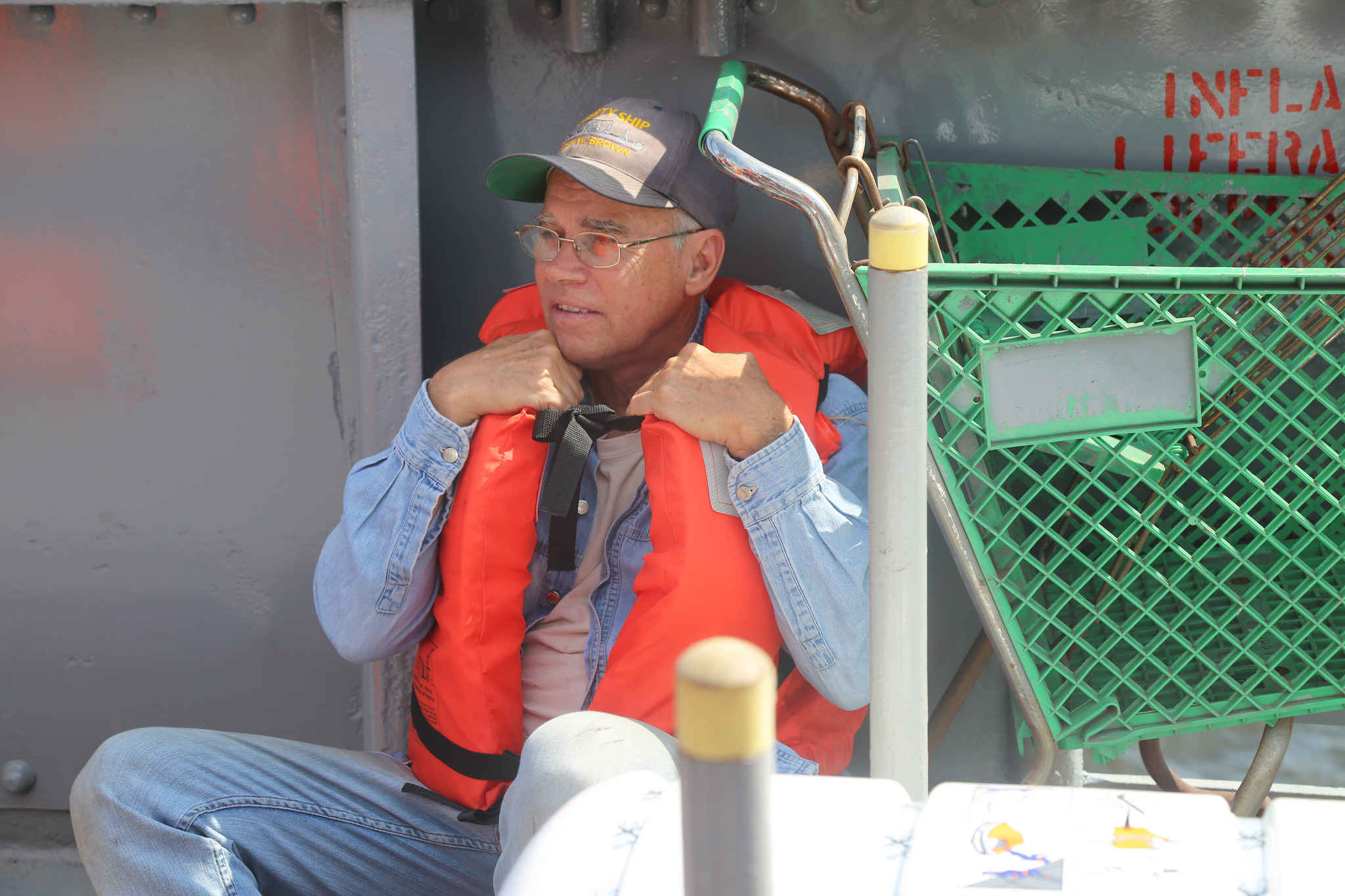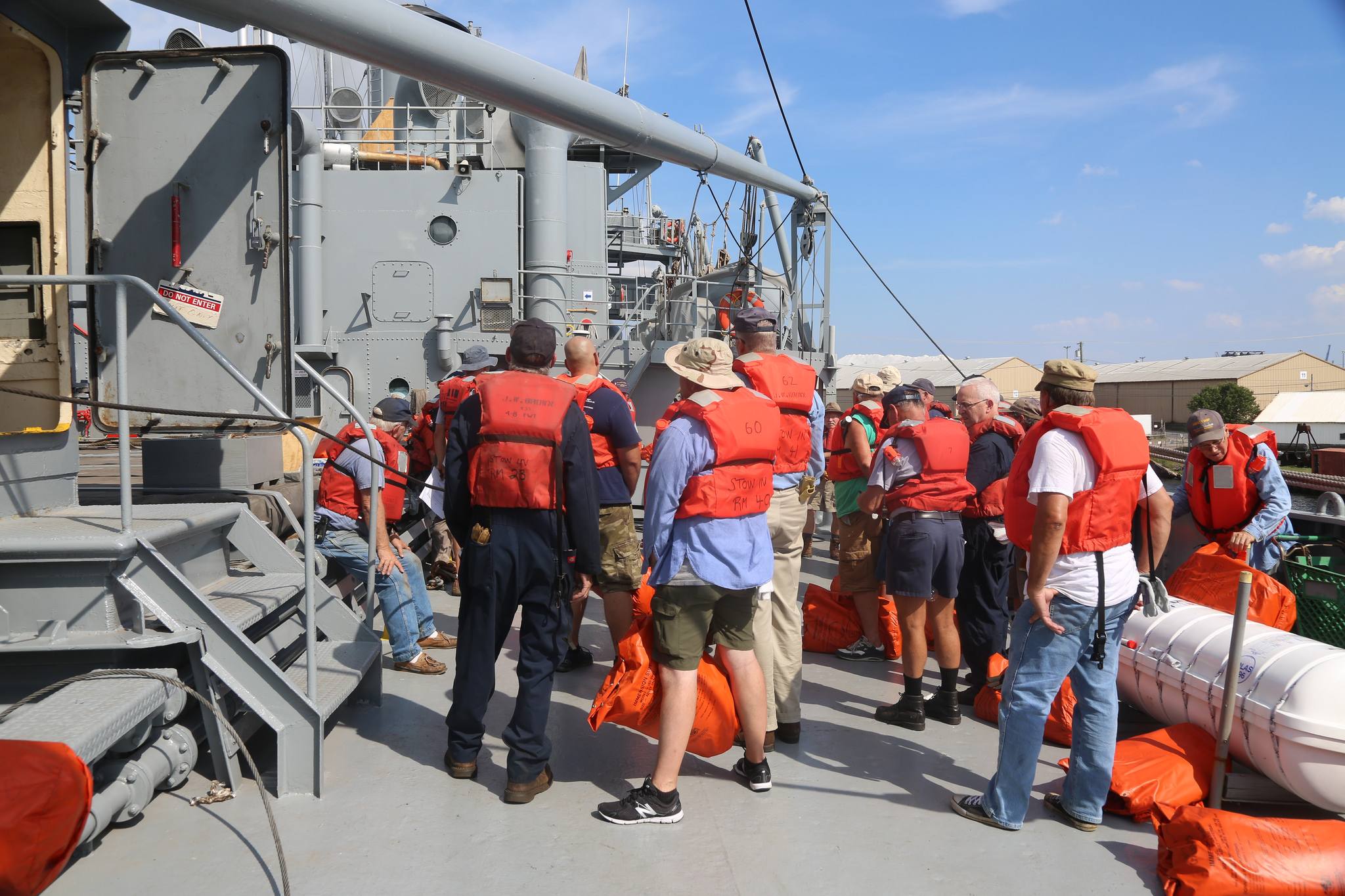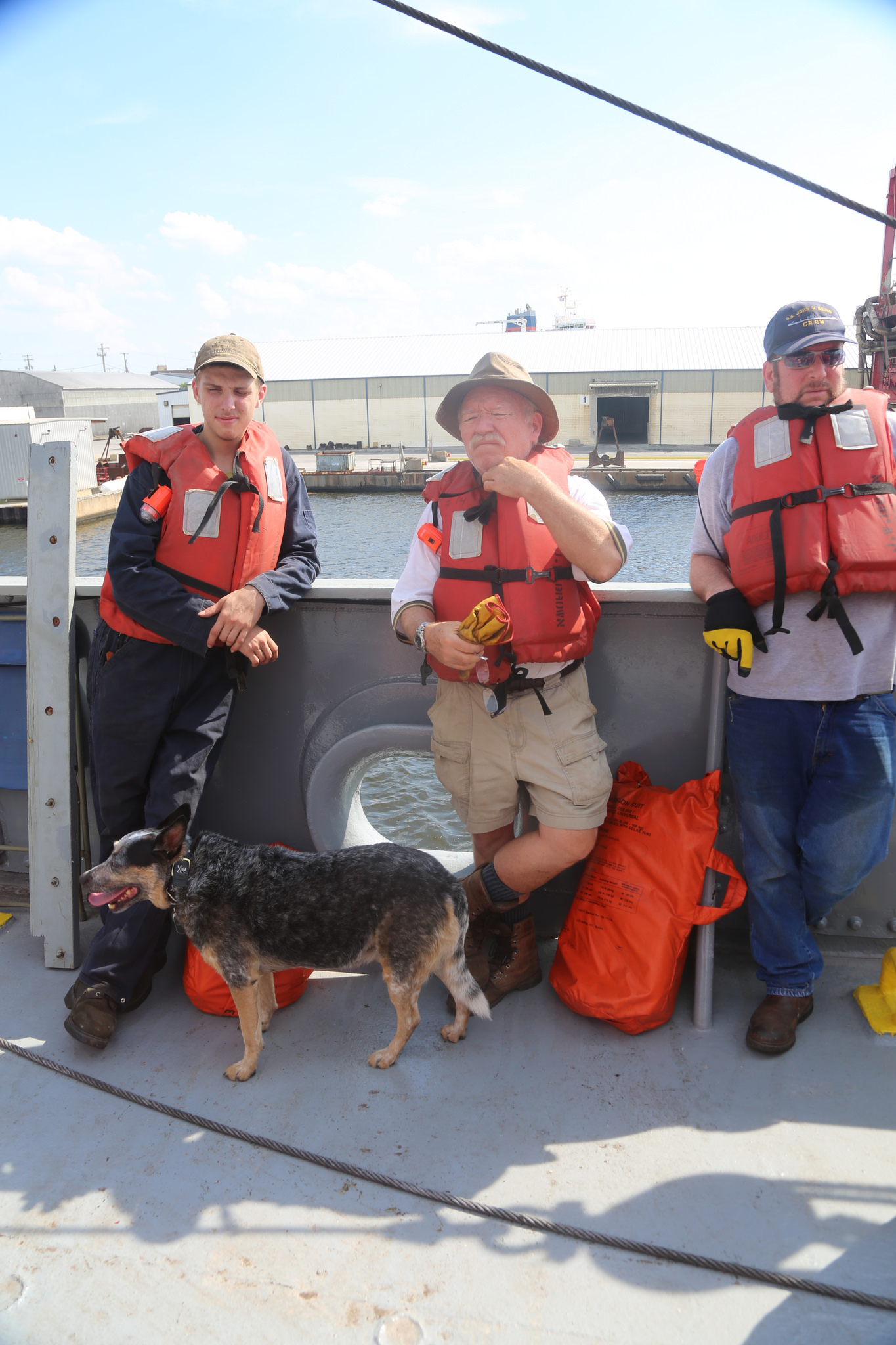This blog was written by Gil Garcia, one of the alumni of the SS JOHN W BROWN, class of 1964.
The Brown was launched on Labor Day, September 7, 1942, at the Bethlehem-Fairfield shipyard located in Baltimore Maryland. Of the 2710 Liberty ships built during World War 2, only two remain operational. The Brown is the only one the East coast.
After thirteen voyages, in the maritime service during World War 2, the ship was loaned to the NYC Board of Education by the Maritime Administration. It was the only floating maritime high school in the country, with the mission of preparing young men for careers in the Merchant Marine service.
The Brown served as a school ship from 1946 to 1982. It was affiliated with Metropolitan Vocational High School until 1961, Food & Maritime Vocational High School until the late 1970s, and Park West Vocational High School until 1982.
You can imagine my excitement, when in September 1961, I reported aboard as a sophomore student, at the age of 15 years old. For most of the students, this was their first venture outside of the neighborhoods where they received their elementary education. We got to meet other students from throughout New York City including such far away places as Long Island and Staten Island.
For a young man, what a great toy this was. We had a World War 2 ship to explore. We wore our uniforms as a badge of honor. There was no fooling around on the ship. Our instructors, most of them having served in the Merchant Service, treated and expected us to act like grown men. While on board the ship, our actions could get us hurt or hurt our fellow classmates.
After a six month indoctrination where we all learned to go aloft, go over the side, learn our basic knots and shipboard procedures, we were assigned to our departments, being deck, engine or steward.
I was an engineering student. My course of study included pipefitting, machine shop, and electrical theory. In my junior year, I had to learn all of the ship’s mechanical systems, auxiliary equipment, and main engine. During my senior year I fired the boilers, operated the auxiliary steam equipment and the ship’s main engine.
Having recently retired, after over forty years, as a licensed stationary engineer, I attribute much of the advancement and success in my trade due to the ideals and fundamentals I learned while I was a student on the school ship.
All of our alumni members firmly believe that the Brown and our instructors were instrumental in our developmental growth and successes.
As students, we would sit at the fantail where we shared our growing up stories, along with a smoke and coke break which we earned from our instructors. We often spoke and dreamed of what we would do if we were given the opportunity to sail the Brown out of New York harbor. Never in my lifetime would I have imagined I would be “living the dream” so many years later, when as a crew member of Project Liberty Ship, I stood on the fantail of my school ship admiring her wake and feeling the turn of her propeller under my feet.
Project Liberty Ship originated in 1978 to preserve the ship as a memorial to the men and women that built the ships, and the merchant seamen and armed guards who sailed them. In July 1983, the Brown was towed from New York harbor to the James River Reserve fleet.
In 1988, Project Liberty Ship started the restoration of the Brown. The first Living History cruise was held on the Chesapeake Bay in 1991. This year will be the Brown's 75 birthday. She has sailed the eastern seaboard from Windsor, Ontario to Jacksonville, Florida.
The all volunteer crew, from around the country and the world, work tirelessly to maintain the ship in operational condition. Our motto is:
KEEP HER SAILING
Please visit the Project Liberty Ship and Alumni Association websites. Thank you for reading my story and that of many of my classmates.
Project Liberty Ship, Inc is a 501(c)3 non-profit, all volunteer organization engaged in the preservation and operation of the historic ship JOHN W. BROWN as a living memorial museum. Gifts to Project Liberty Ship are tax deductible.
